The last few steps of hiking the Inca Trail are nicknamed the monkey steps for good reason – trekkers literally crawl on all fours to reach their first glimpse of Machu Picchu. After four days of sweating profusely, using makeshift toilets, desperately needing a shower, sucking in air at 14,000 feet, cursing the Incas for making such ridiculously huge staircases, and asking yourself if this hike was really a good idea, suddenly everything becomes worth it.
- Inca Trail Monkey Steps
- Inca Trail Sun Gate
A majority of travelers to Peru will make the obligatory visit to Machu Picchu. It is not only one of the new seven wonders of the world, but includes breathtaking views, amazing history, striking natural beauty, plus it can be easily accessed (relatively) by a combination of train and bus. If you want to check it off the bucket list, the train/bus option is straightforward and gets you there along with 2,000 other tourists each day with cameras slung around their necks.
But where’s the fun in that? Our recommendation to anyone with the time and physical ability is to hike the traditional Inca Trail to access the sanctuary. It’s a demanding four-day trek but anyone who’s done it will tell you it’s worth it.
Rich history and stunning scenery sets hiking the Inca Trail apart from other means of access to Machu Picchu. En route we passed by many Inca remains (technically considered “remains” not ruins if the Spanish conquistadors never found and pillaged the site) which served as resting shelters for weary Inca travelers, lookout points, ceremonial religious sites, and agricultural farms. Machu Picchu is often incorrectly referred to as the “Lost City of the Incas”; however, it has always been known to exist by the locals. The rest of the world only became aware of the sacred site after Hiram Bingham’s “discovery” in 1911 and its subsequent restoration.
We learned (after about half of our grueling hike) there is a much more direct and relatively flat trail to Machu Picchu following the Ollantaytambo River that will get you there in a seven-hour hike. Further, this trail existed and was used during the time of the Incas as well. The Incas built the treacherous Inca Trail to Machu Picchu not because it was the easiest way to get there – quite the opposite in fact. They believed that one must work hard and suffer before entering the most sacred city. Therefore the traditional Inca Trail was reserved for the high priests and VIPs of the time, while common workers could take the short, “quick” route.
The scenery and weather while hiking the Inca Trail can change as quickly as Taylor Swift’s relationship status. The start of the trail feels like you are in an arid desert struggling to find shade. The second day brings the famous cloud forest, while the third and fourth days take you through lush rainforests blooming with over 100 different varieties of orchids, tree ferns, and beautiful butterflies. Through the first day and early the second day you walk by several sparsely populated villages. At first glance it seems as though a tree branch has caught a colored trash bag, but we later learned the different colored bags indicate what items are for sale by the shopkeeper who lives there – blue for bread; red for chicha (a popular purple drank made from fermented corn); and white for water. These indigenous communities have been living here since long before the tourists started showing up. Some families still work the land and live in solitude while others have taken to working the crowds and selling overpriced hats or cold Gatorade to exhausted passersby.
What to expect:
Our trek was a bit unusual because we hiked the four-day journey in only three days. (See our Inca Trail elevation profile.) The location where groups usually make the third night’s camp had been flooded and it was not safe to sleep there so we hiked a little further than normal each day. We reached the end of the trail on the third afternoon and enjoyed a mostly tourist-free couple of hours at Machu Picchu before heading down to the town of Aguas Calientes for our third night of “camping” on the floor of a local restaurant.
Day 1 starts the same for everyone. We board a bus from Cuzco at 4:00 AM and most of us try to sleep through the bumpy ride to Ollantaytambo. We stop to feed straw to the cute family of guinea pigs running around in their little pin. We later realize they are listed on the dinner menu as cuy! After breakfast we continue our ride to Kilometer 82: the official starting point for all four-day Inca Trail expeditions. After a brief passport stamp and check-in, we’re on our way. Day 1’s hike is considered “Inca flat” which means rolling up and down at 10,000 ft (3,000 m). We catch a glance of Veronica, the impressive white peak that we will be chasing views of the whole trek. At this point everyone in our group is feeling fine, but we see several people from other expeditions already heading back via donkey, either overcome by exhaustion, heat, or more likely altitude. Midday we stop for a practically gourmet lunch including delicious fried trout, hardy quinoa soup, fresh guacamole, and of course more cocoa tea to help with the altitude. Instead of falling into a food coma, we continue hiking post-lunch past the normal first night campsite of Wayllabamba and start the assent towards the first pass to make Day 2 more manageable. For us, camp one is established at Ayapata only about 10 mi (6 km) from where we started the day. For waking up at 3:30 AM we are pretty proud of the accomplishment and welcome our second gourmet meal complete with bananas foster for dessert. Dinner is followed by lights out at 8:00 PM. As we crawl into our sleeping bags on night one, we take one last look up at the moonlit Warmiwanusca “Dead Woman’s” Pass – tomorrow’s big conquest.
Day 2 is definitely the most trying day on the trail. We wake at 4:45 AM to start the long climb uphill. We break, and then continue uphill. Break for photos, more uphill. Admire the views down the beautiful canyon, then crane our necks upward and try to guess how many more steps we’ll have to climb. Finally we make it to the high point of our hike, the top of Dead Woman’s Pass (13,830 ft/4,215 m). At this point the mist has turned into rain and the only way to not freeze is to keep moving. After a minute or two of admiring the fog-covered view and catching our breath, it is time to head down. Steep down. The base of the first pass is Pacamayo, where most trekkers make camp the second night. We only have a brief stop for a calorie-filled lunch before continuing on our way up the second pass (Abra de Runkuracay – 12,960 ft/3,950 m). After a quick Inca history lesson at the Runkuracay remains, we finally make our way down to Chaquiqocha, our resting place for the second night. At the end of Day 2 we hiked another 9 mi (15 km), changed over 8,000 ft (2,400 m) in elevation, and navigated over two high altitude passes. We were glad we brought a few king-sized Snickers to treat ourselves after dinner.
Day 3 started just like Day 2 – early. We are awoken by our guide’s lovely voice, offers of back massages, and hot tea brought to our tent. Up and over the third and final pass (Phuyupatamarca – 12,040 ft/3,670 m) we enjoy the impressive views of Veronica, Salkantay (over 20K ft), and Machu Picchu Mountain. From here, it is all downhill to Machu Picchu, literally about 4,000 vertical feet (1,220 m) of downhill stairs. If we thought the hike up was difficult, we are definitely feeling our knees now. Our lunch break is spent in Wiñay Wayna (the normal third campsite). Then it is only a few more hours (downhill) to the Sun Gate (Inti Punka), where we get our first peek of Machu Picchu. After a few hours soaking in the grandeur of Machu Picchu as the sun drops closer to the horizon, we make our way down (another 1,500 ft/450 m down) to the touristy town of Aguas Calientes for our last group dinner at a local restaurant. We enjoy dinner with a fair amount of beer and wine to celebrate our accomplishment before we roll out our sleeping bags and pass out on the floor of the restaurant for our last night of “camping”.
- Hard-earned beers in Aguas Calientes
Day 4 usually sees trekkers waking up early to hike to the Sun Gate for sunrise, but since we had already been there-done that, we get to enjoy a relaxing scenic bus ride with all the other tourists back up the hill to Machu Picchu. After an unforgettable guided tour of the site, we have the afternoon free to explore on our own. It’s difficult to describe the historic feeling at this site and pictures definitely don’t do it justice but here are a few to try:
- “Postcard” Machu Picchu shot
- Queue at “Selfie Rock” to get the postcard shot
Now all that’s left to do is wash off all the Inca dirt in the thermal hot springs at Aguas Calientes, enjoy a well-deserved ice cream, and sleep on the train ride back to Cuzco.
- The whole crew!
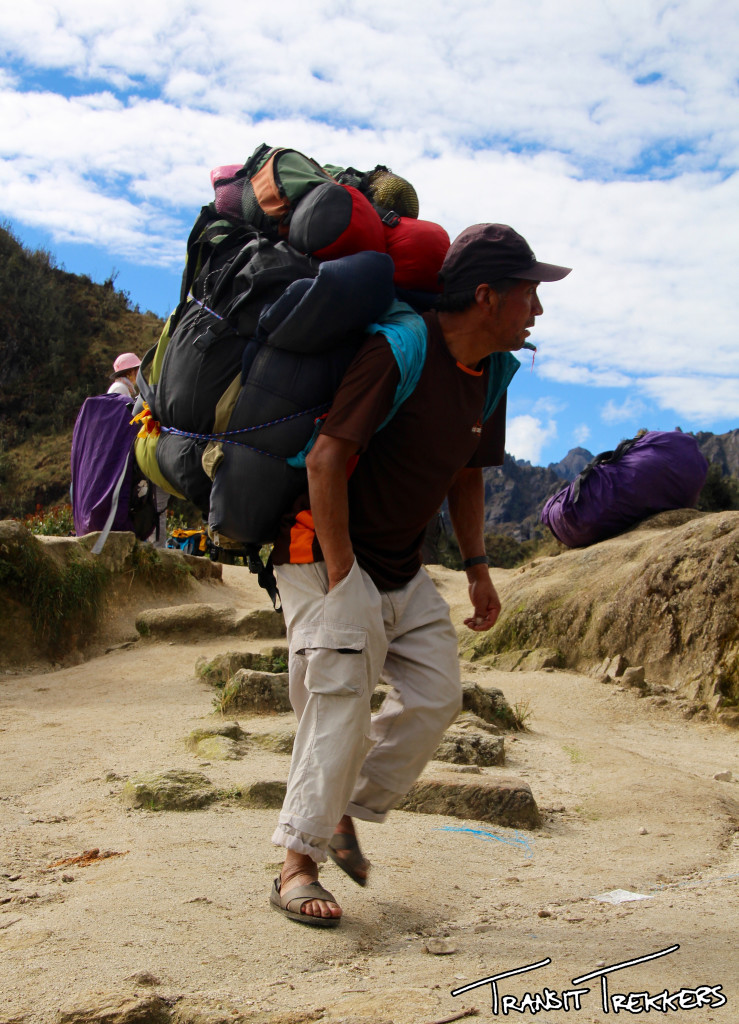 To assist our group of 14 trekkers we had two bilingual guides plus 18 porters and one amazing chef. The porters are extremely hard-working men who do not speak English or much Spanish but instead speak Quechua, the language of their ancestors. They range in age from 18 to 75 years old. And let me repeat this – there is a 75 year-old man who still does this backbreaking work!
To assist our group of 14 trekkers we had two bilingual guides plus 18 porters and one amazing chef. The porters are extremely hard-working men who do not speak English or much Spanish but instead speak Quechua, the language of their ancestors. They range in age from 18 to 75 years old. And let me repeat this – there is a 75 year-old man who still does this backbreaking work!
Here I am, a 27 year-old athletic hiker, carrying a small pack with only my clothes and sleeping bag. I am struggling to catch my breath at about 13,000 feet. Along comes a man in his seventies at a light jog, taking massive Inca steps two at a time, wearing nothing but thin, worn sandals on his feet, hunched over by the weight of his pack, which is roughly the size of a washing machine. Oh and he has a smile on his face as he passes by on his way to make me lunch.
Transit Trekker Tips:
- Prepare for it. Just because you take the stairs rather than the elevator up to your third floor office most days does not mean you are ready for this hike. You don’t have to be an iron man, but hit the gym for a few weeks before you go. It’s not a stroll through the park – take another look at the elevation profile.
- Bring Toilet Paper. Trust us. You never know when nature might call. Even if you do make it to a baño, it is likely that it will not be stocked with TP.
- Climb Wayna Picchu. One thing that we didn’t do but later wished we had is climbed Wayna Picchu. Wayna Picchu (Quechua for “Young Peak”) is the mountain behind Machu Picchu in all the pictures. You need to buy a separate ticket in advance to climb the peak but we heard it is amazing.
- Book way in advance. This is not one of those cases where trekking companies (and you have to go through a licensed Inca Trail operator – there is no DIY option) say that they “fill up” really fast but actually have plenty of spots. They only allow 500 people per day to start the trail, and more than half of those 500 are porters. For our hike in May, we reserved in September. Book as soon as you know your dates – at least 4-6 months in advance. We booked through Peru Treks and would definitely recommend them. But there are other companies out there on the trail and they all seemed pretty similar: Llama Path aka the “Green Machine”, was the largest company we saw but they looked like a fun group, G adventures seems to cater to a younger clientele, Andean Treks is operated by some gringos so customer service is rated high but it can be overpriced. We ultimately chose Peru Treks because we heard that they treat their porters well and seemed to care about the environment. Do your research and choose your company based on what matters most to you.
- Have a backup plan. If you’re too late to the game (or want to save some money) and cannot book the Inca Trail, there are still other trekking options to get you to Machu Picchu. We heard really good things about the Salkantay Trek, the Lares Trek, and the Ancascocha Trek. There’s also an adventure jungle trek that takes you zip lining and river rafting before you get to Machu Picchu. For these treks it might be better to wait and book once you are in Cuzco because they almost always have space available and it is way cheaper to book last minute in person.

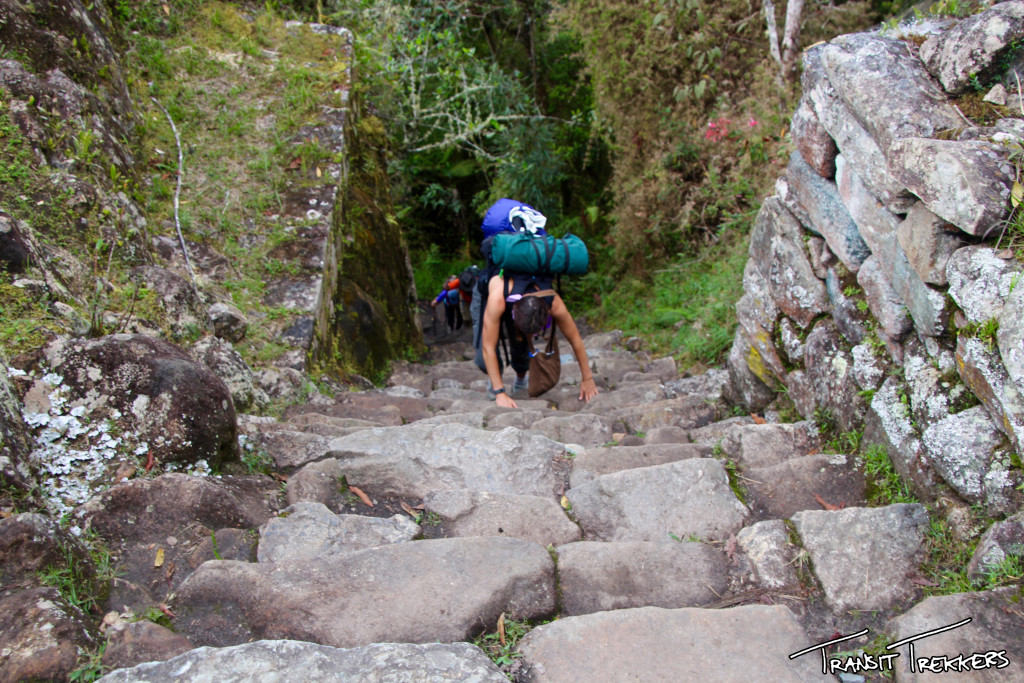
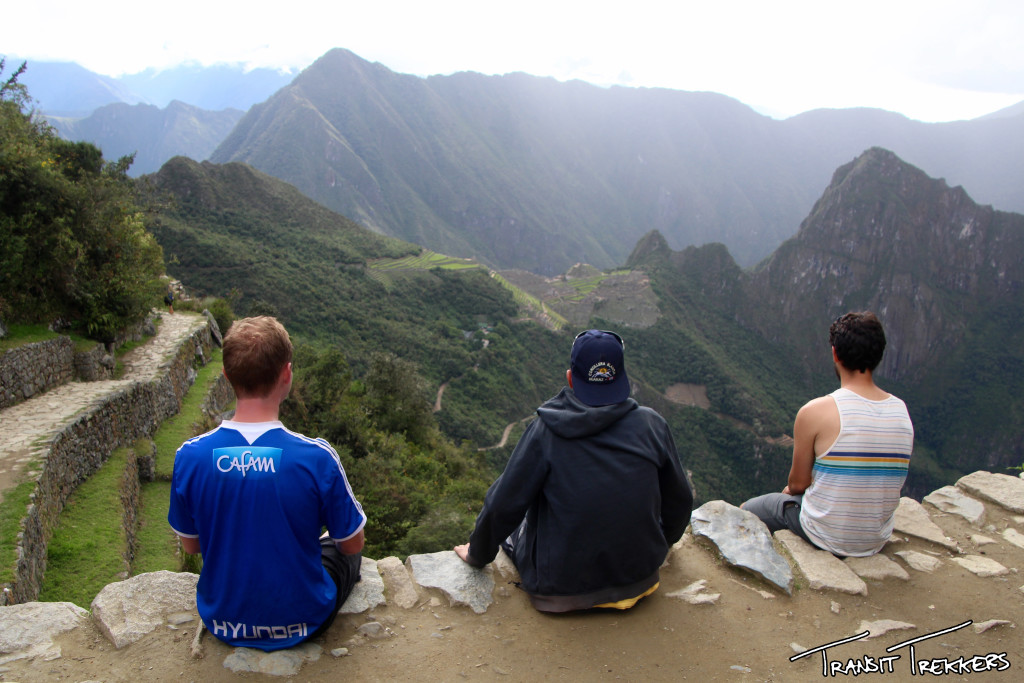
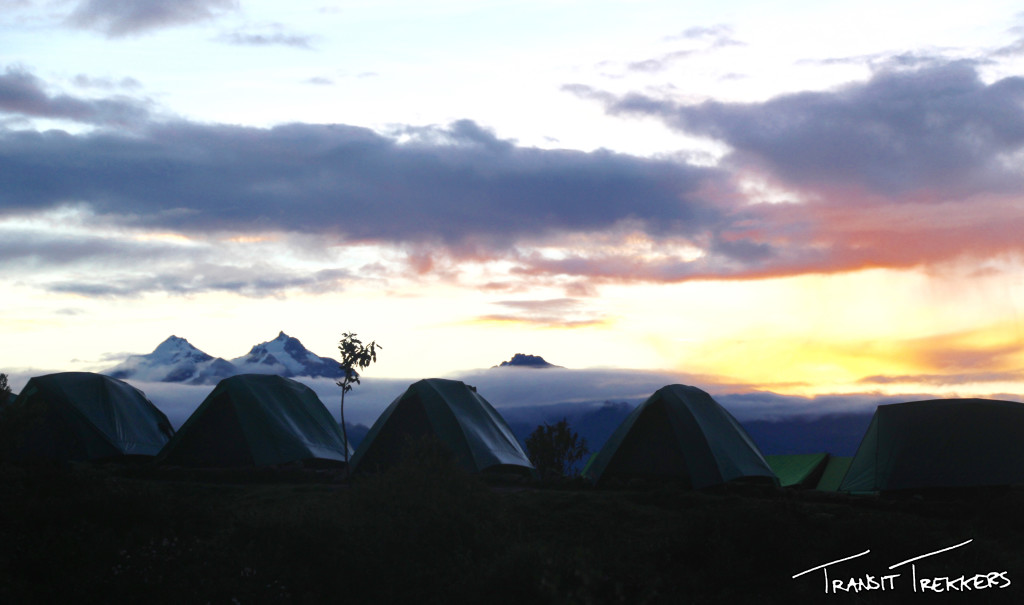
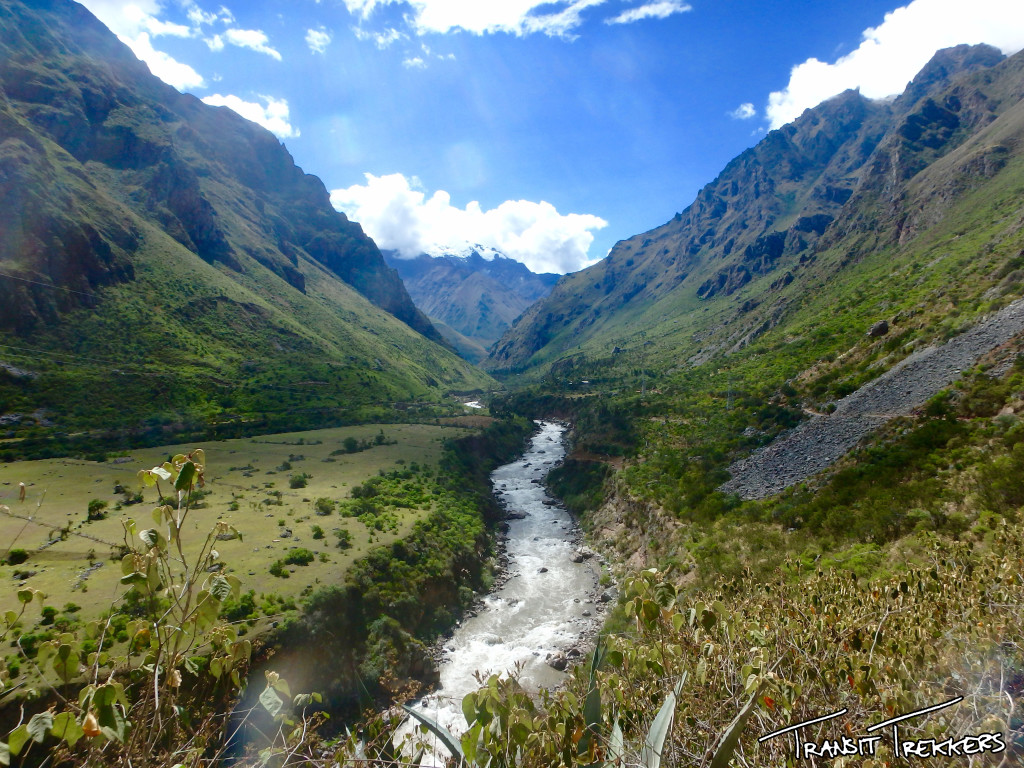
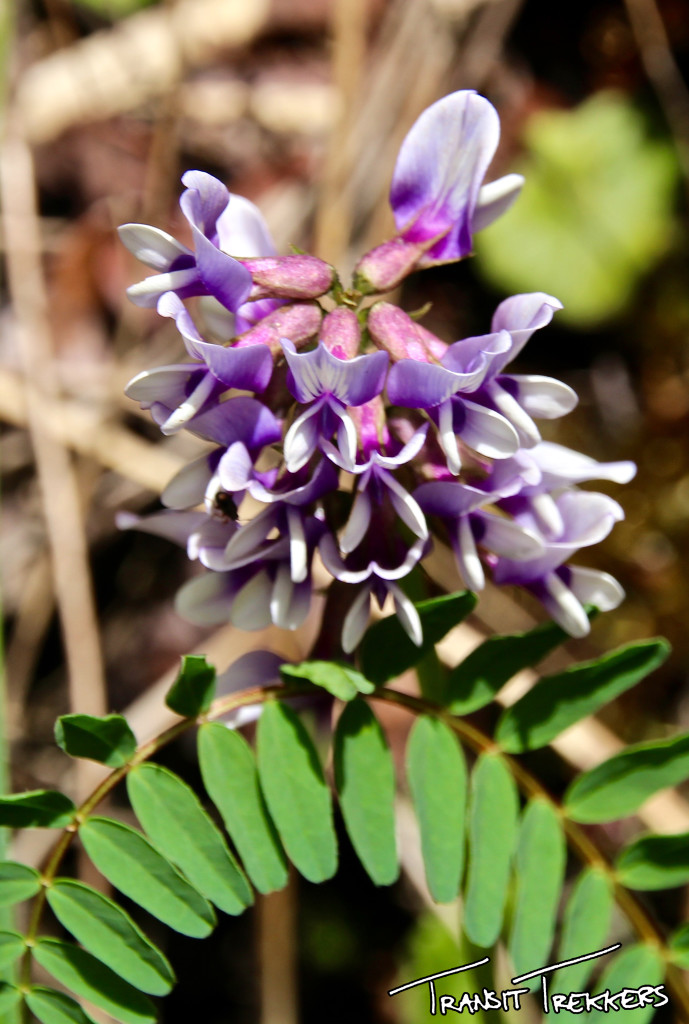
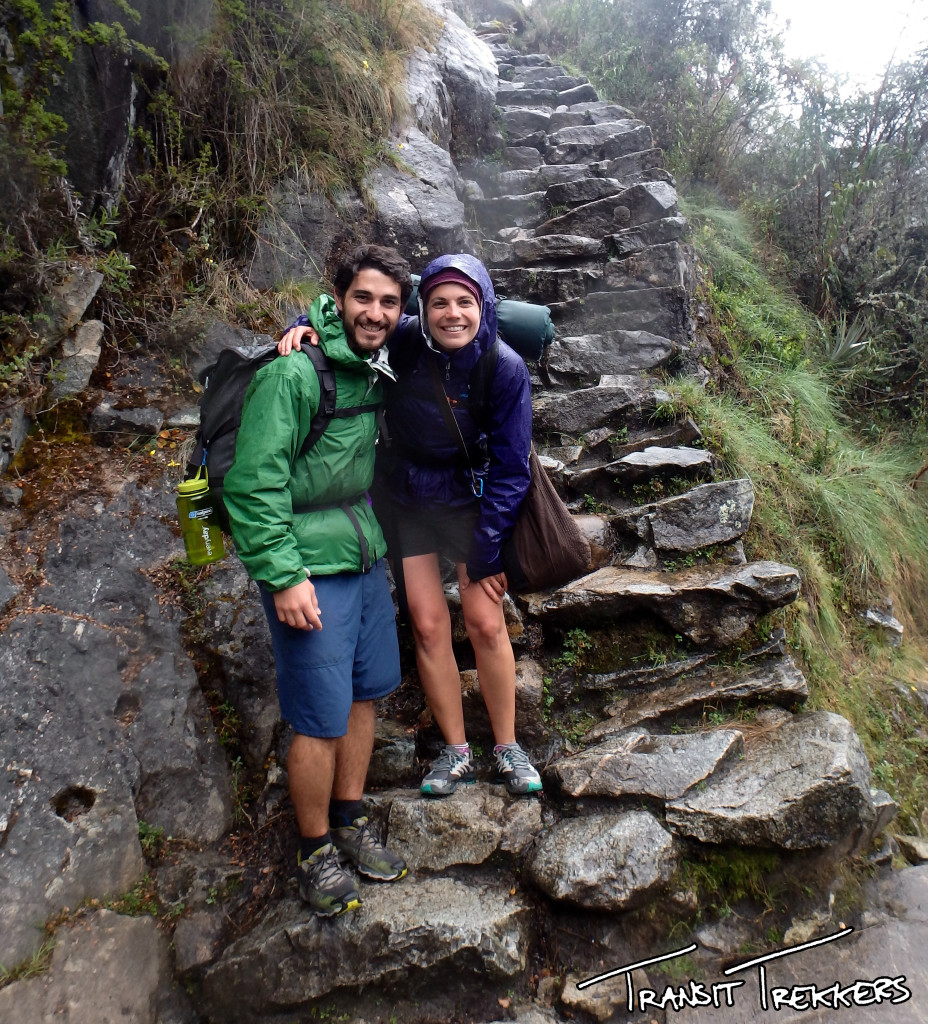
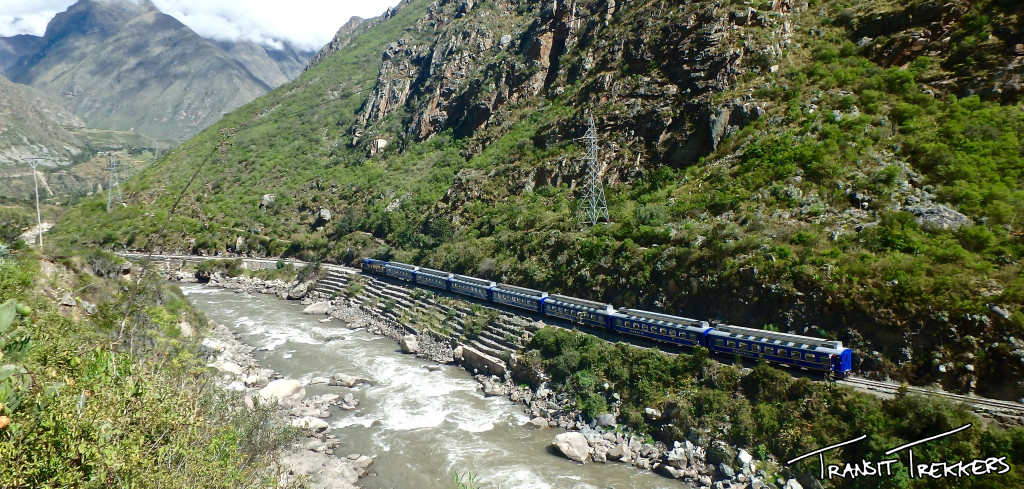
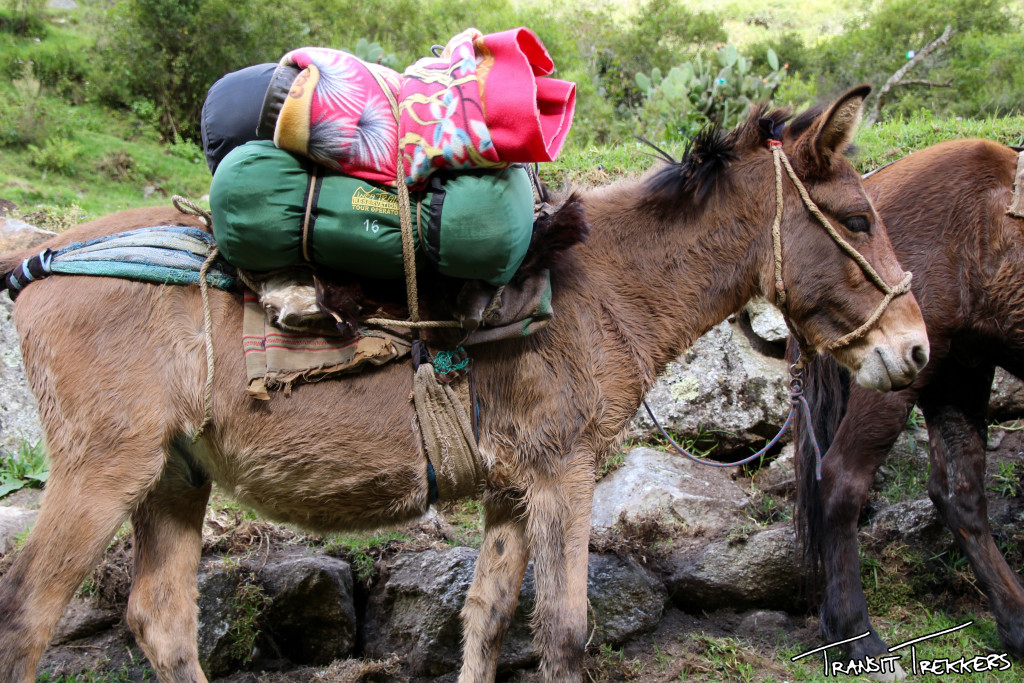
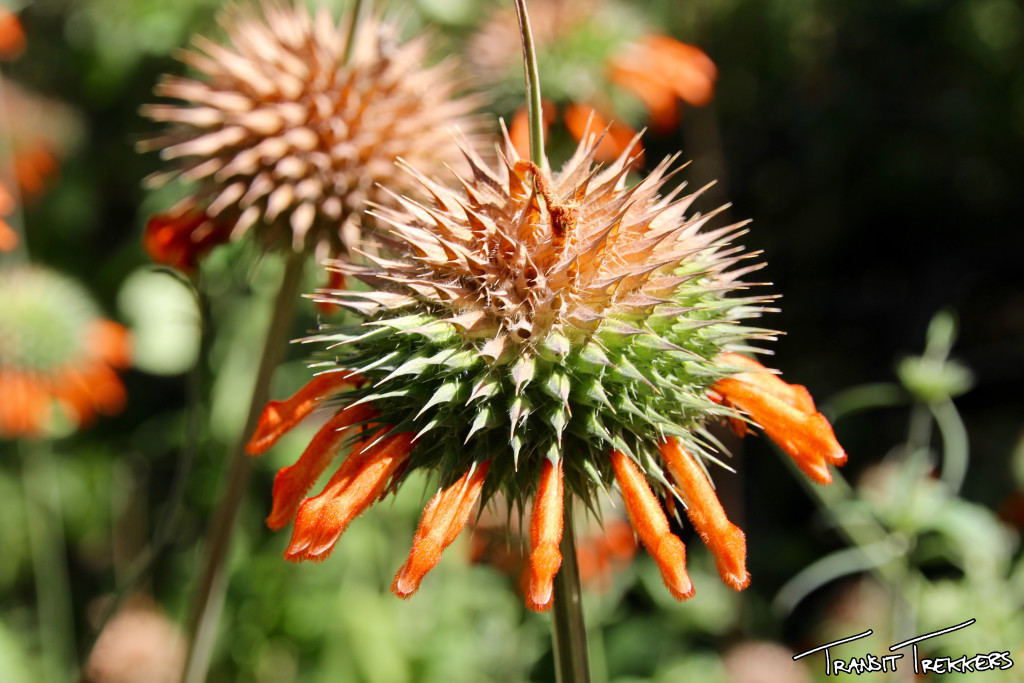
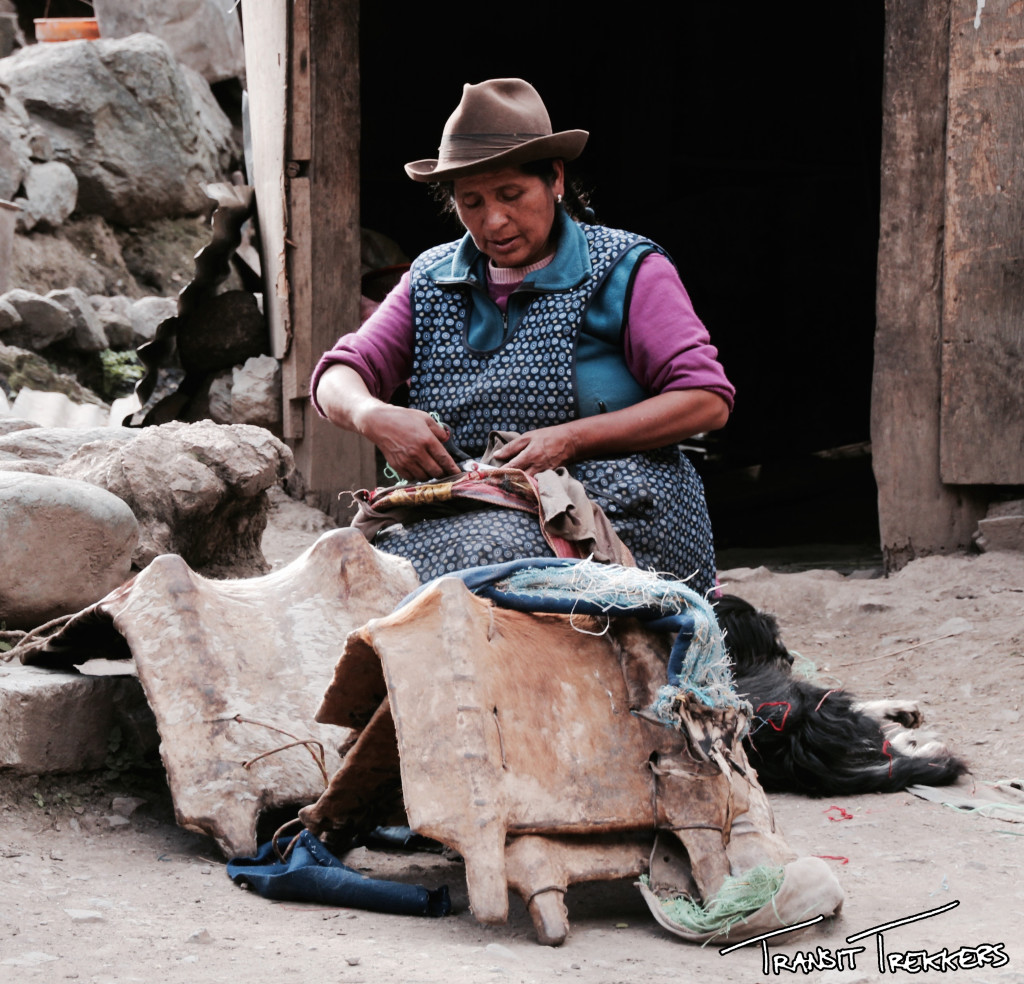
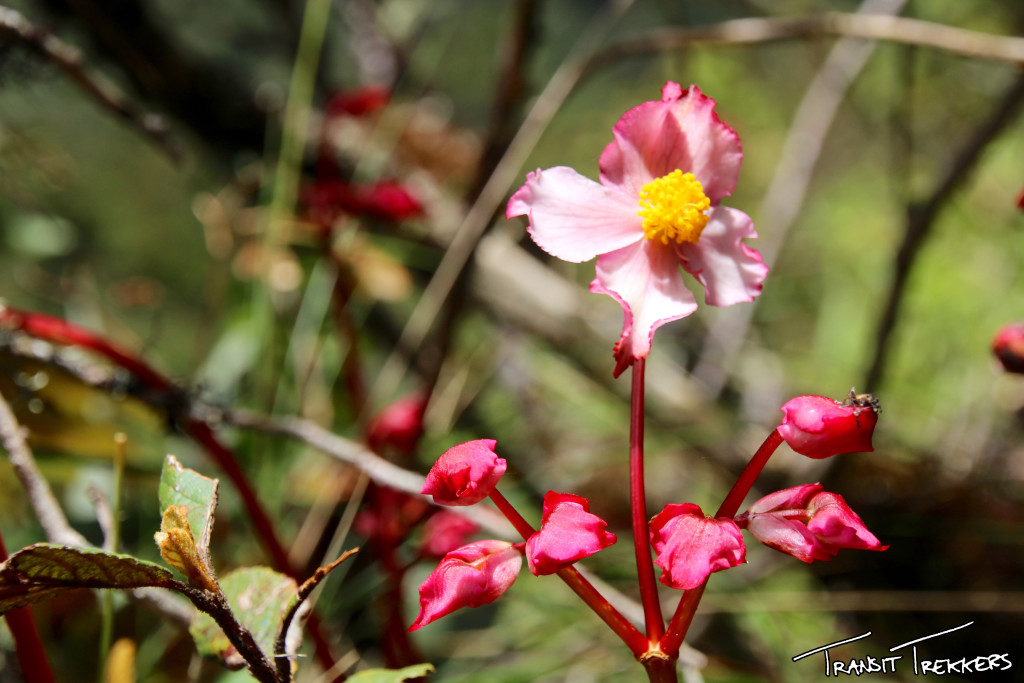

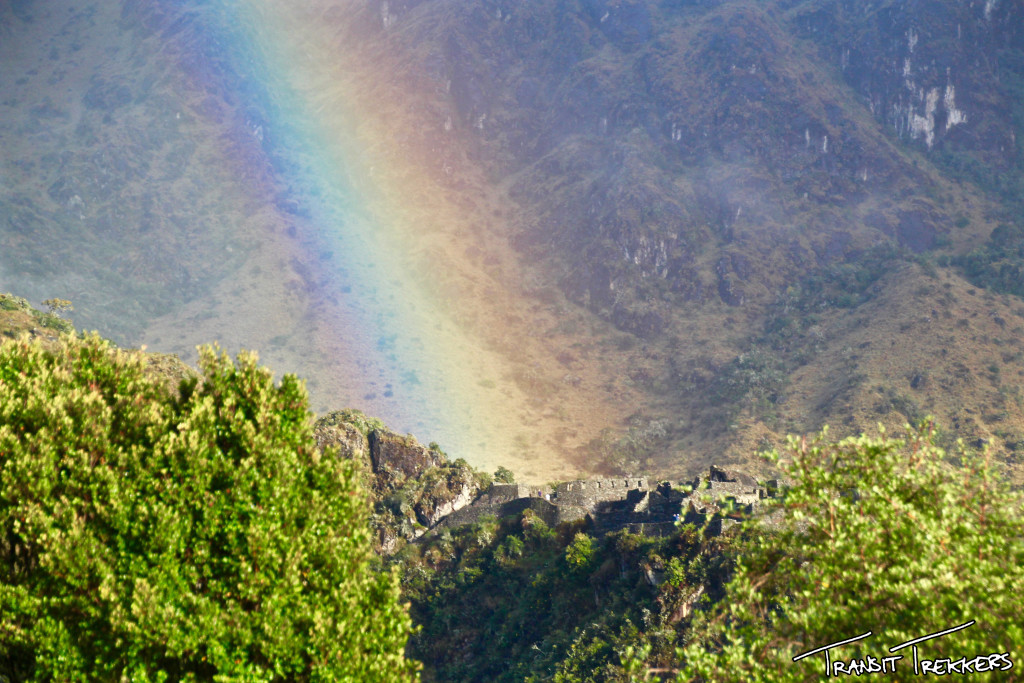
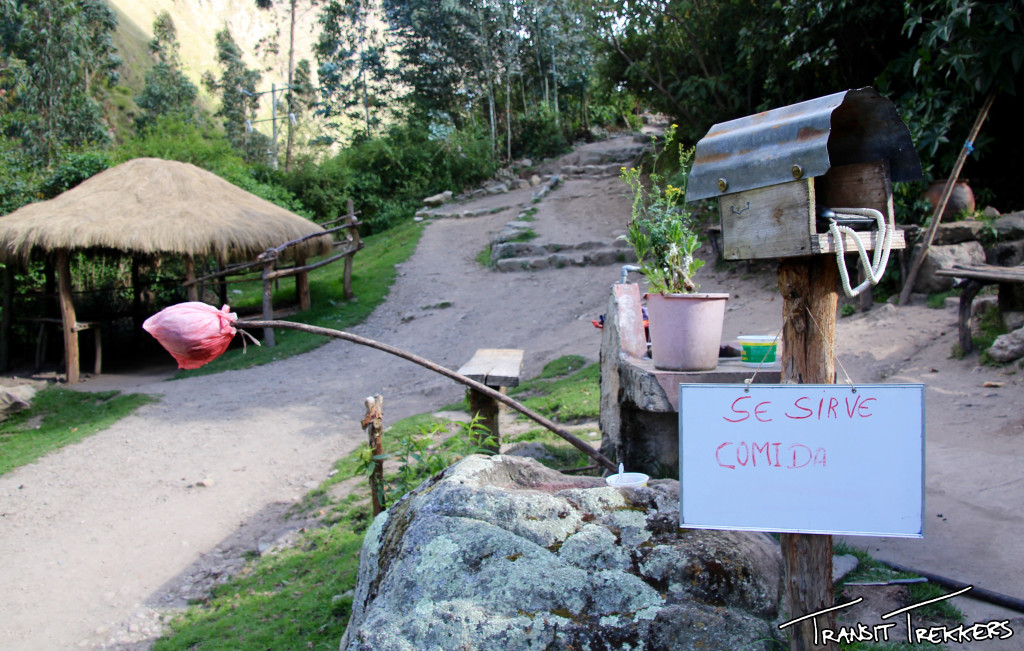
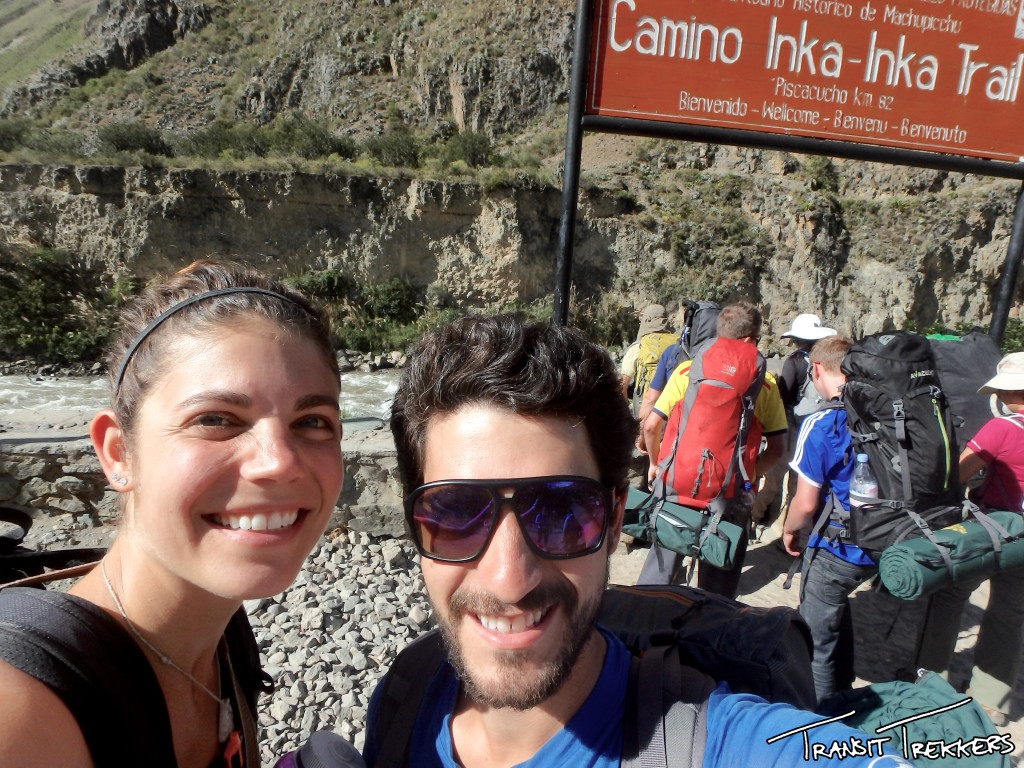
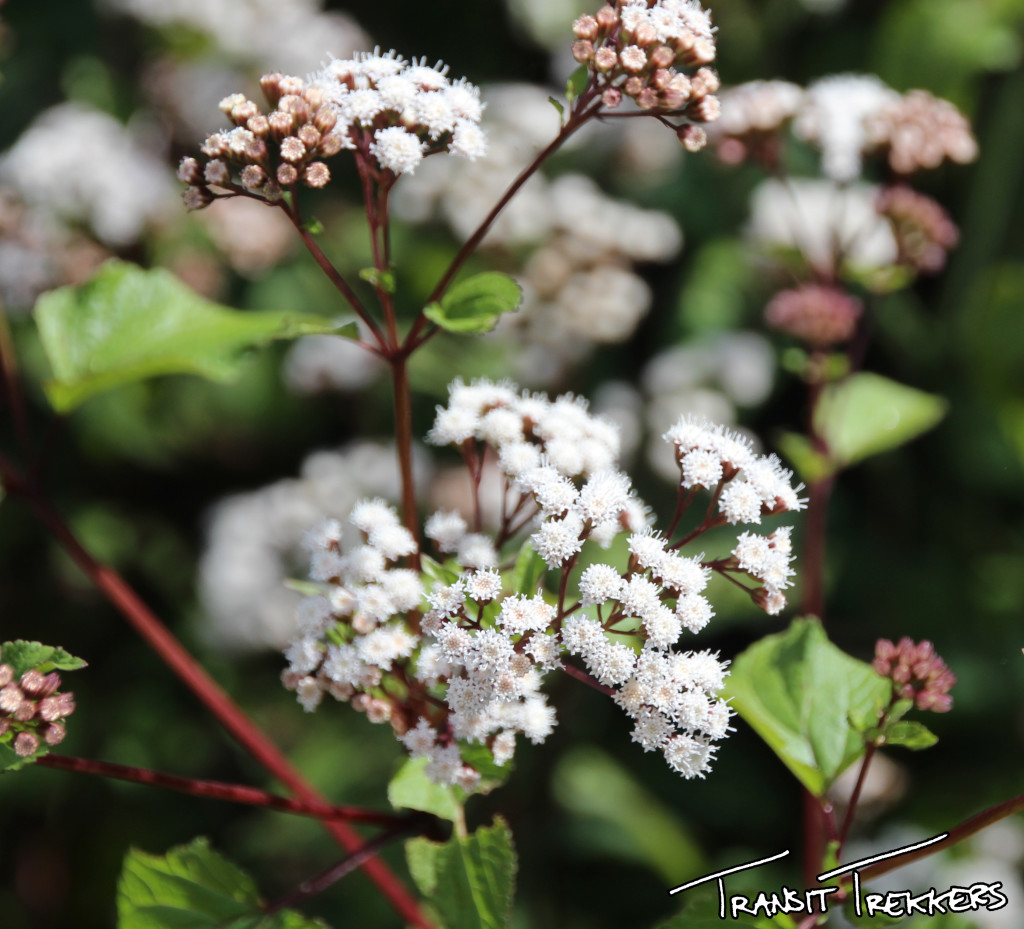
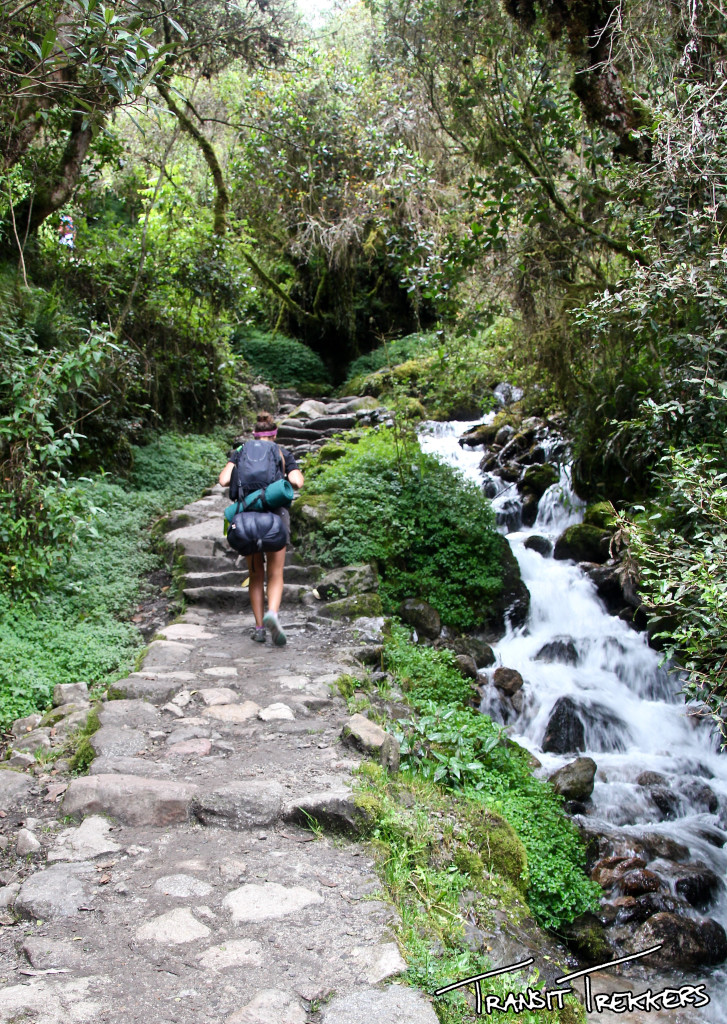
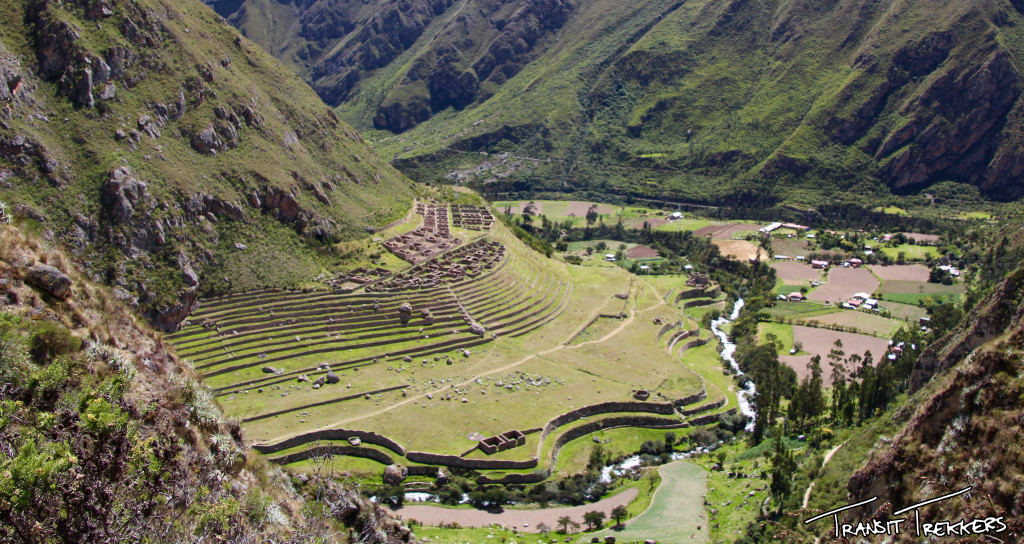
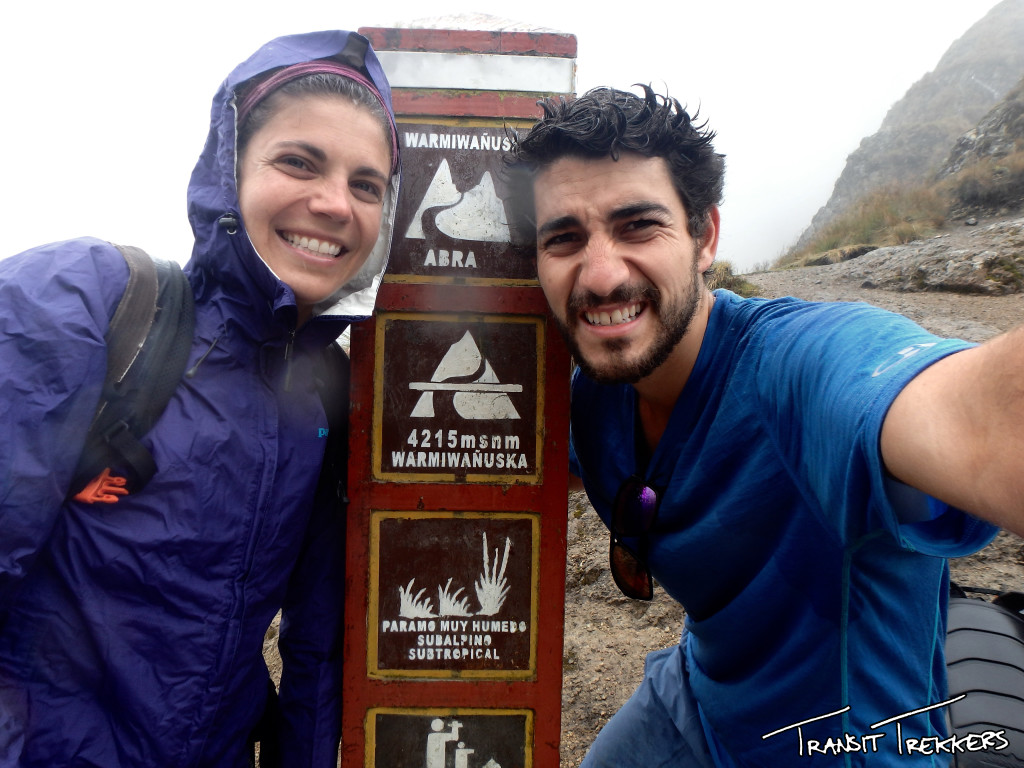
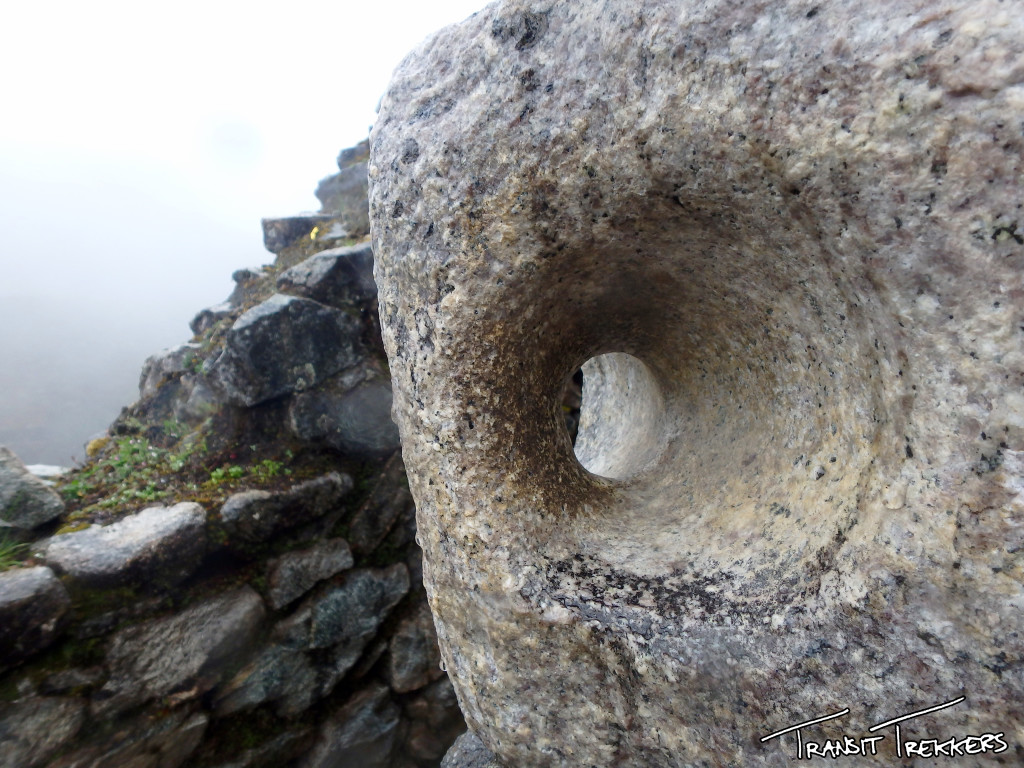
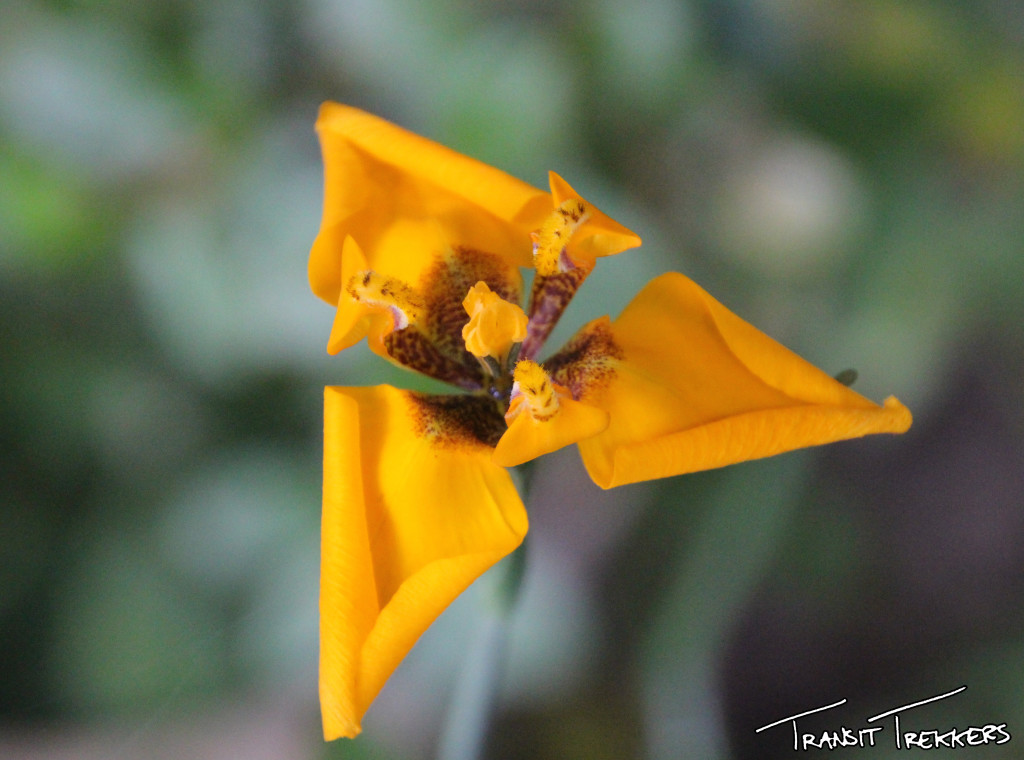
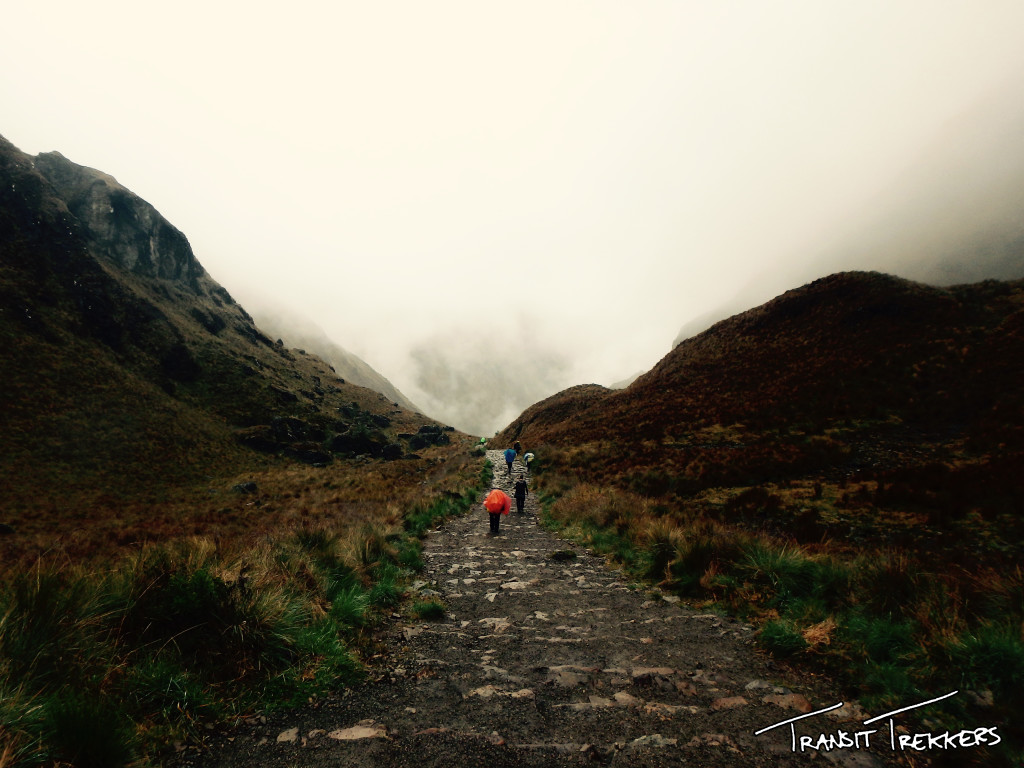
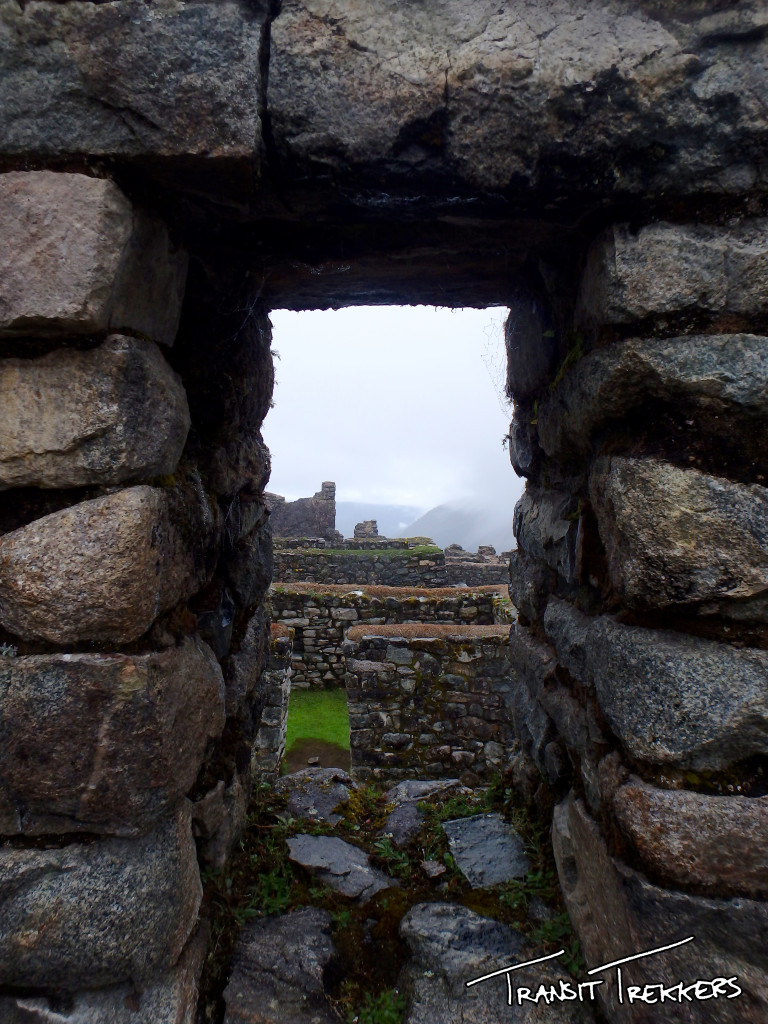
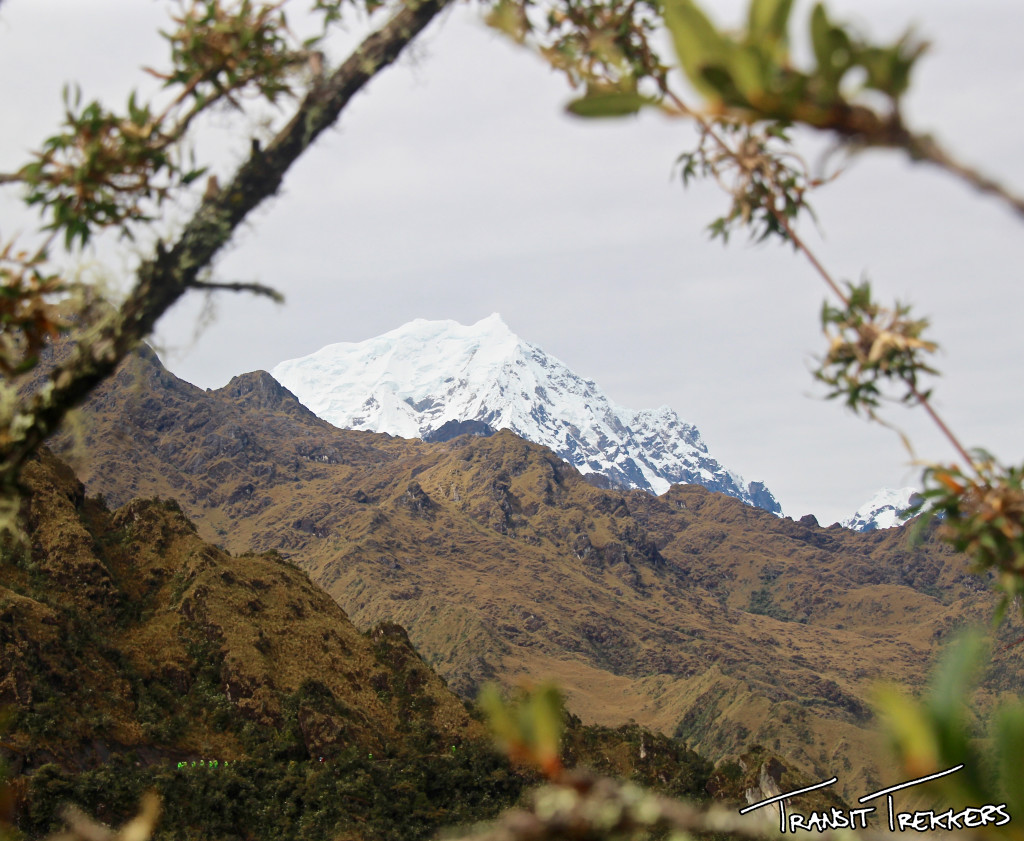
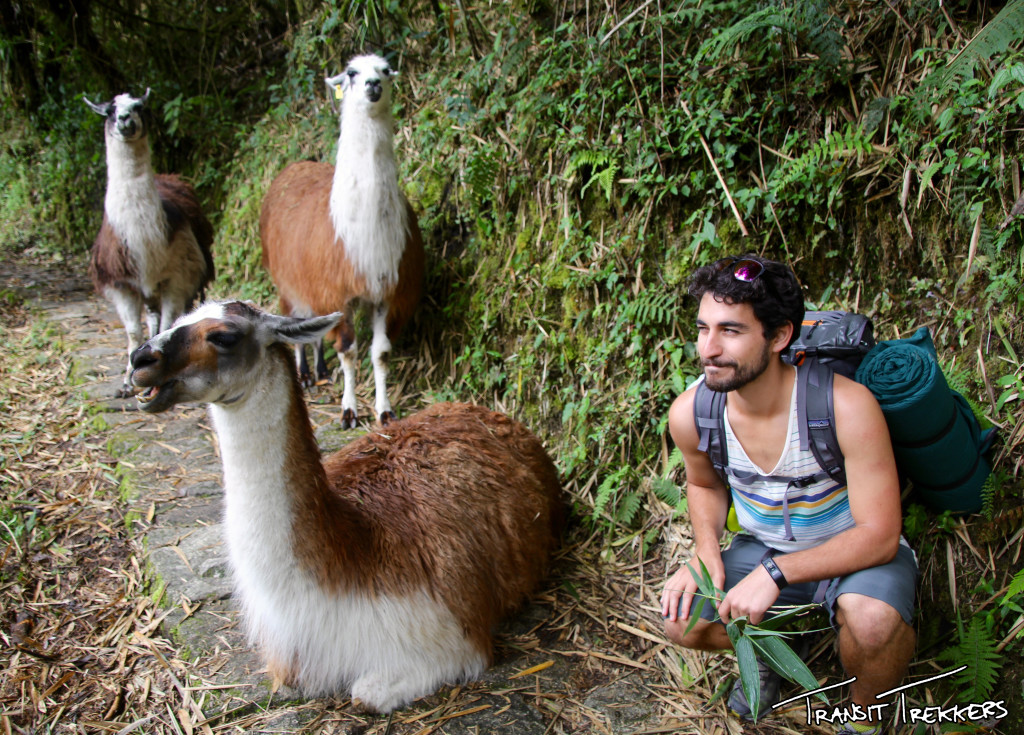
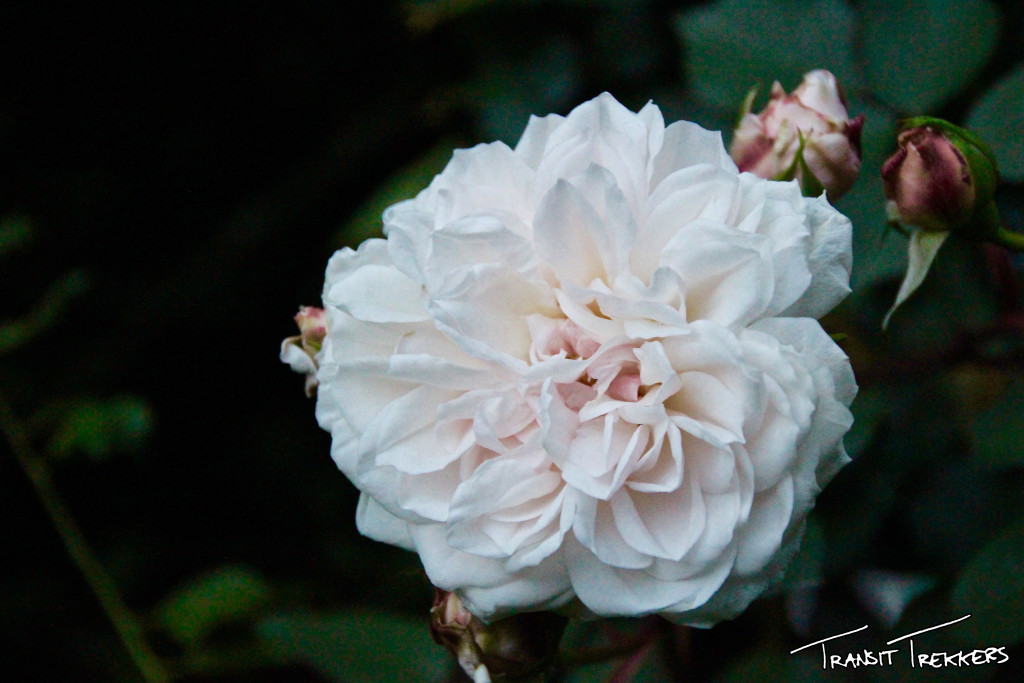
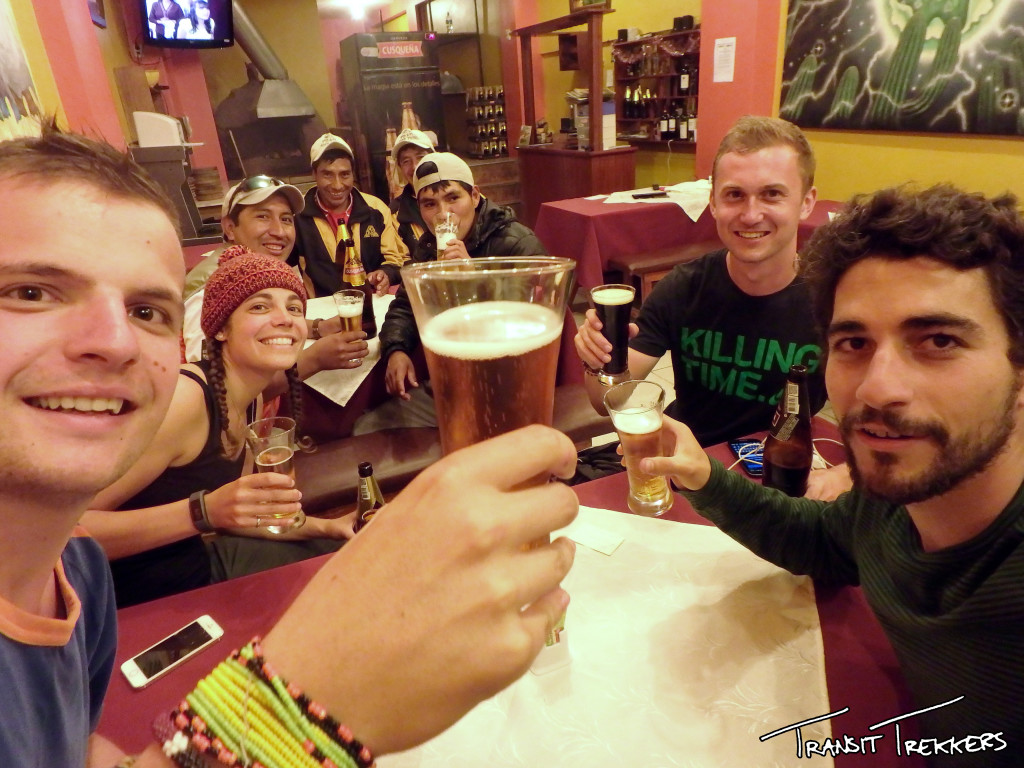
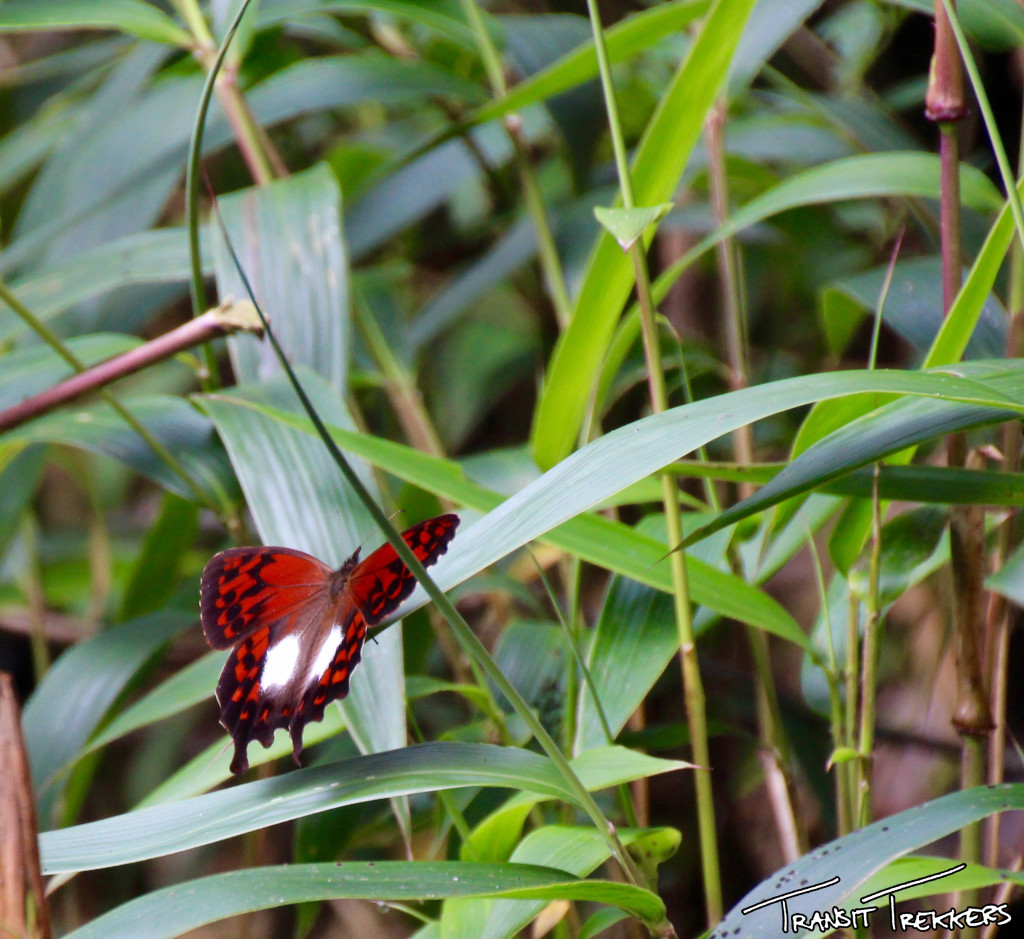
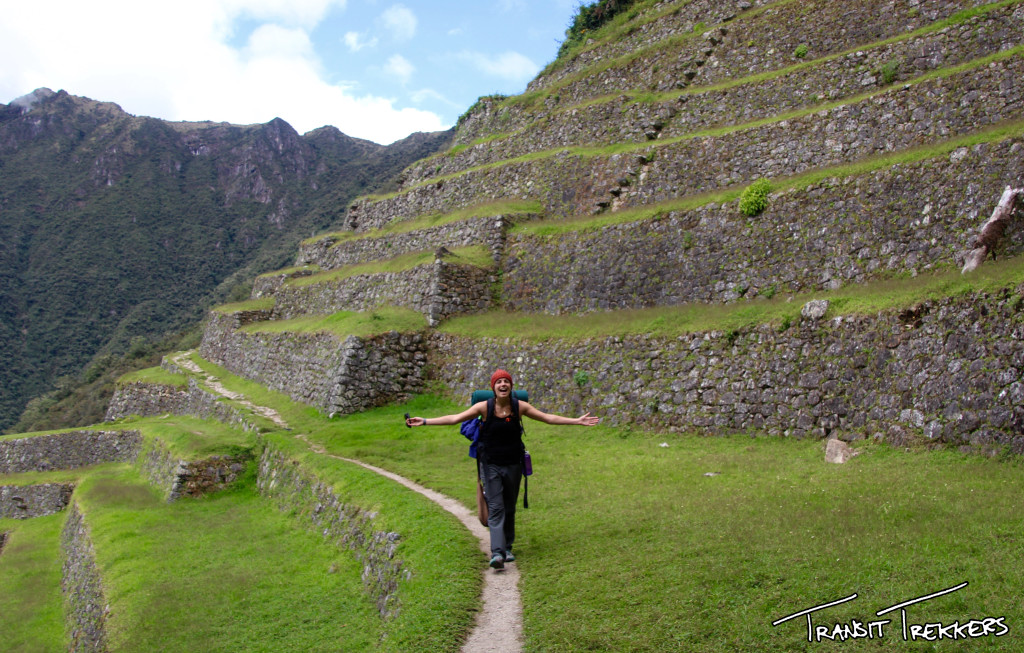
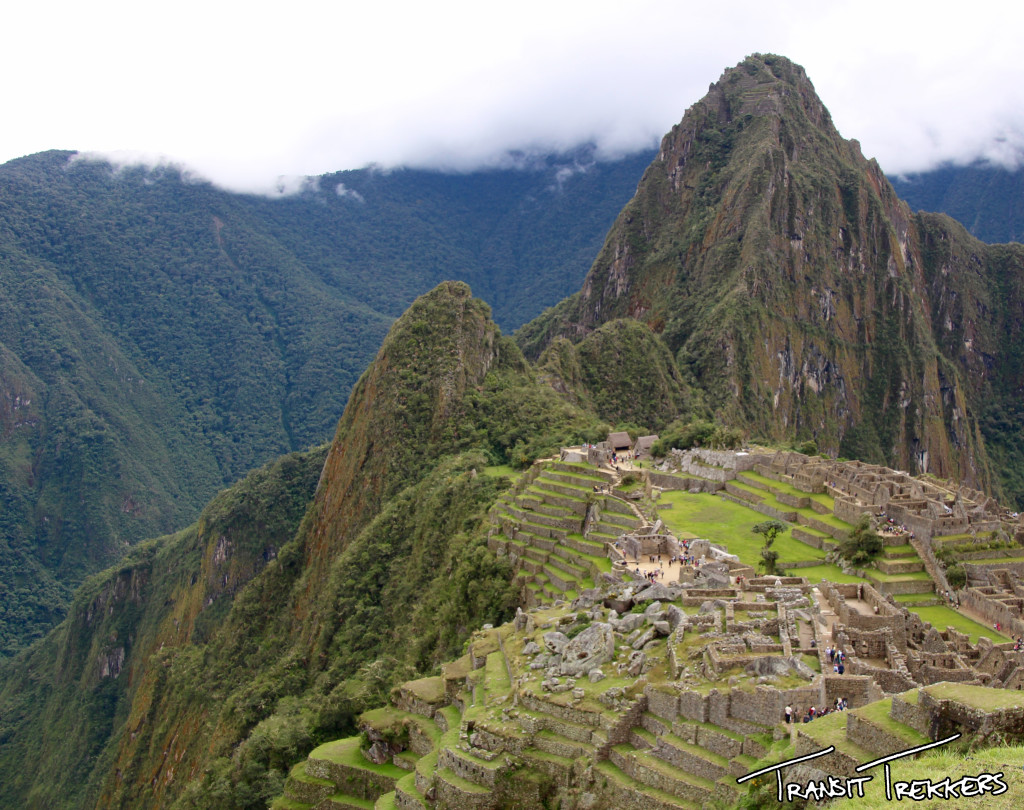
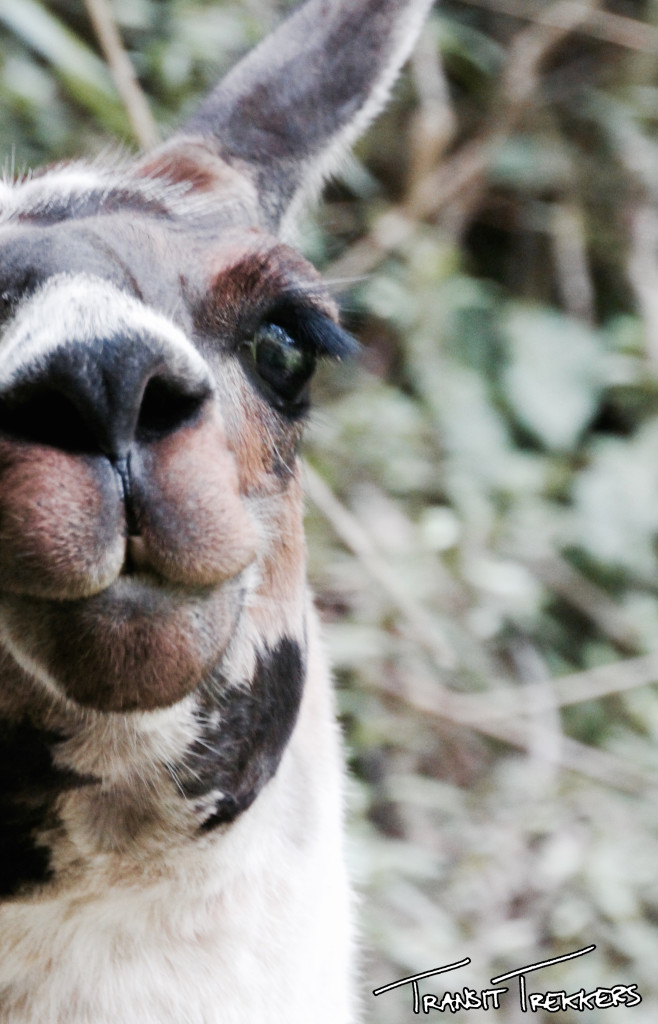
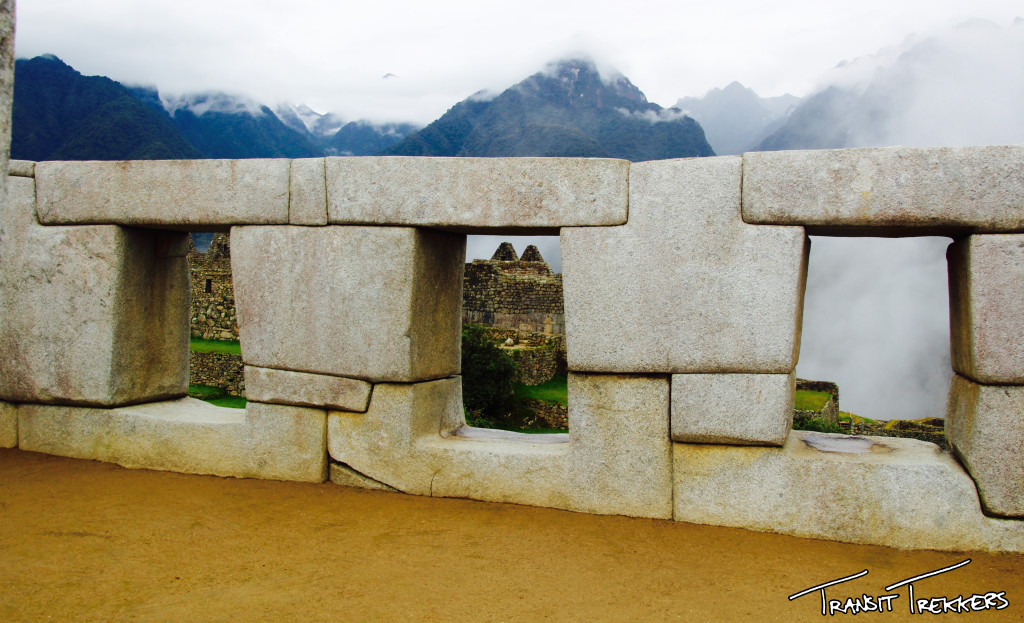
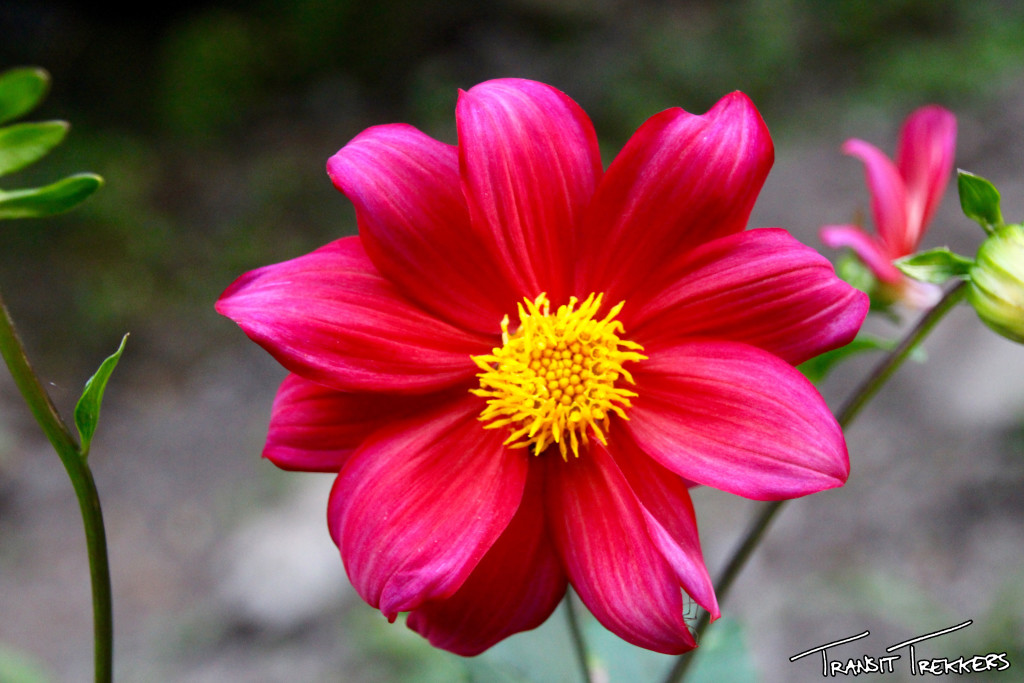
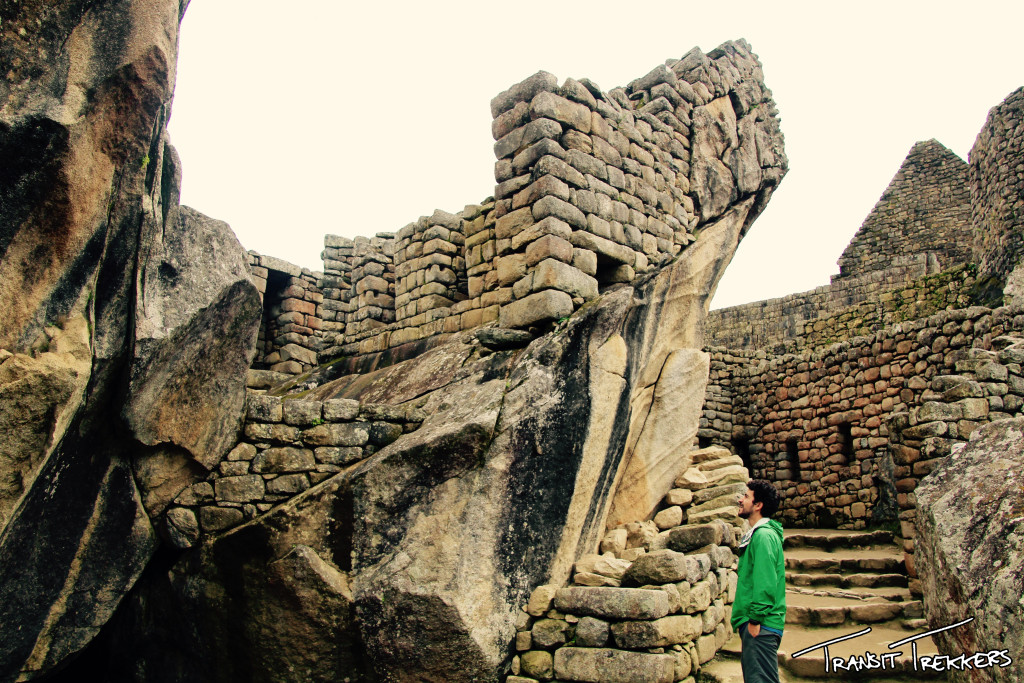
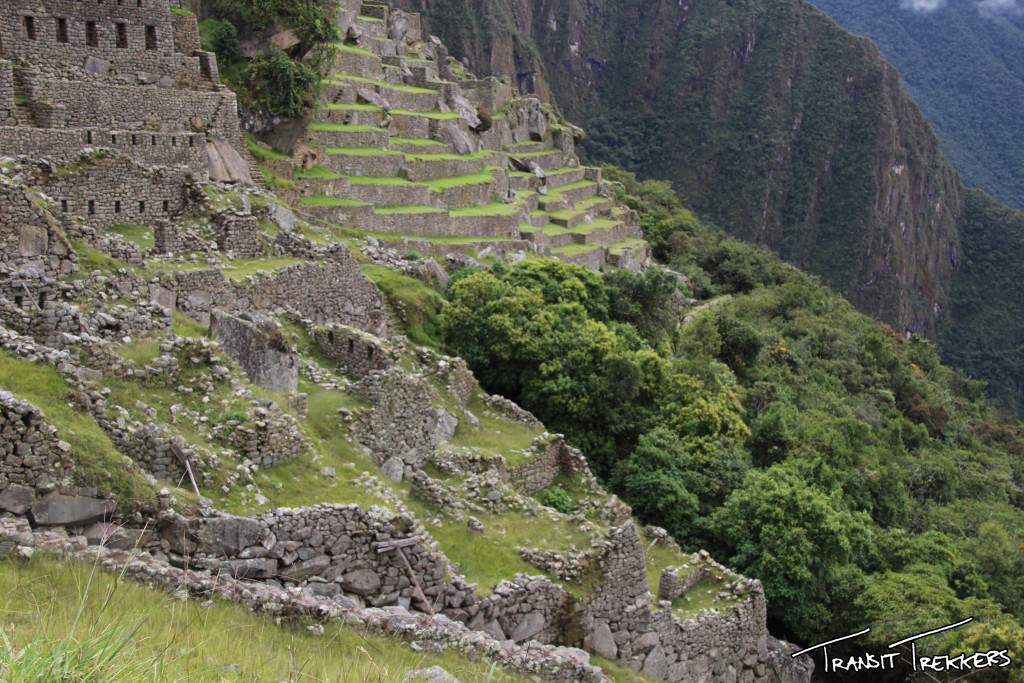
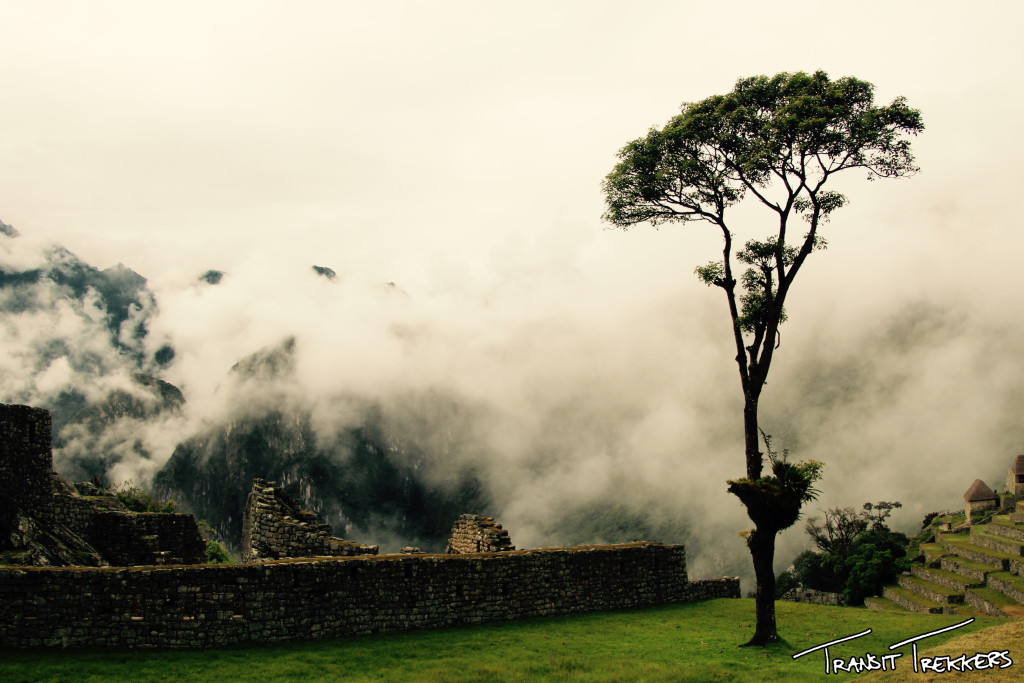
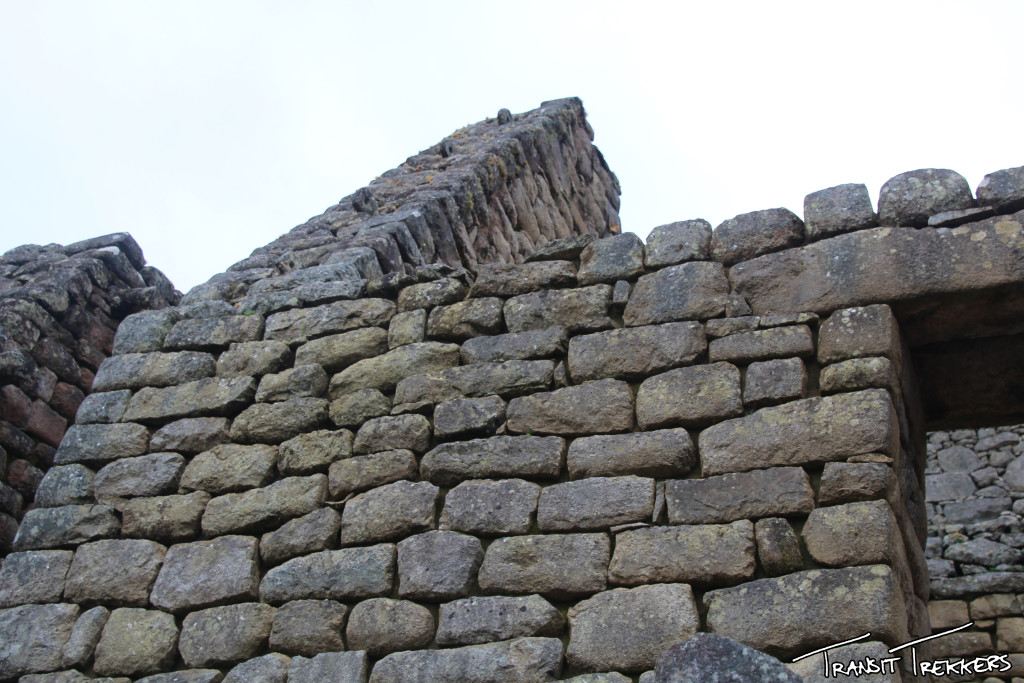
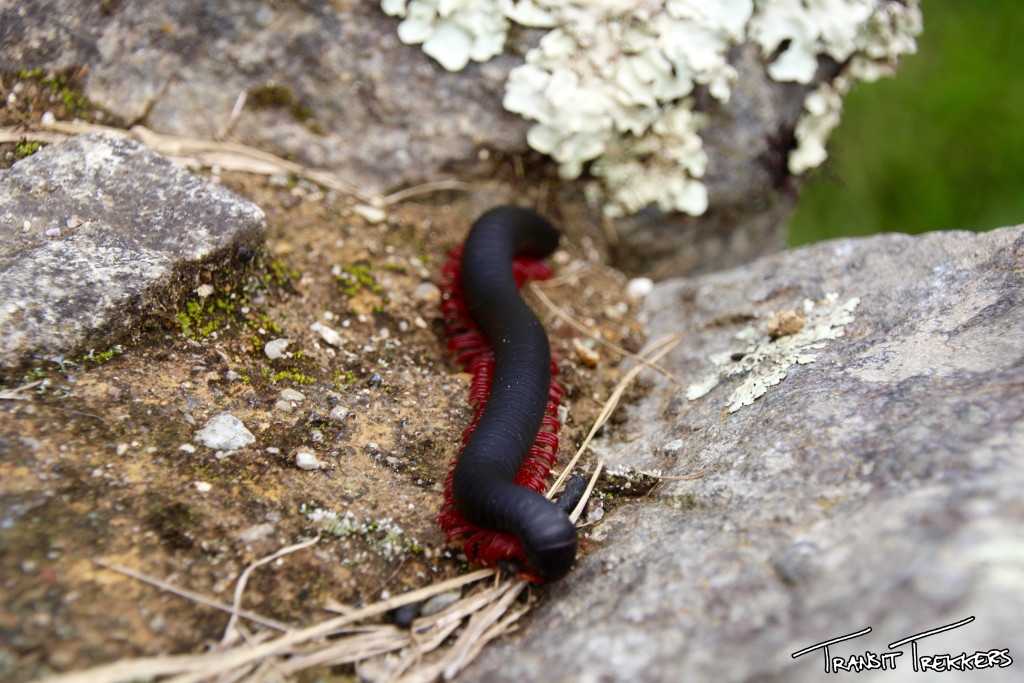
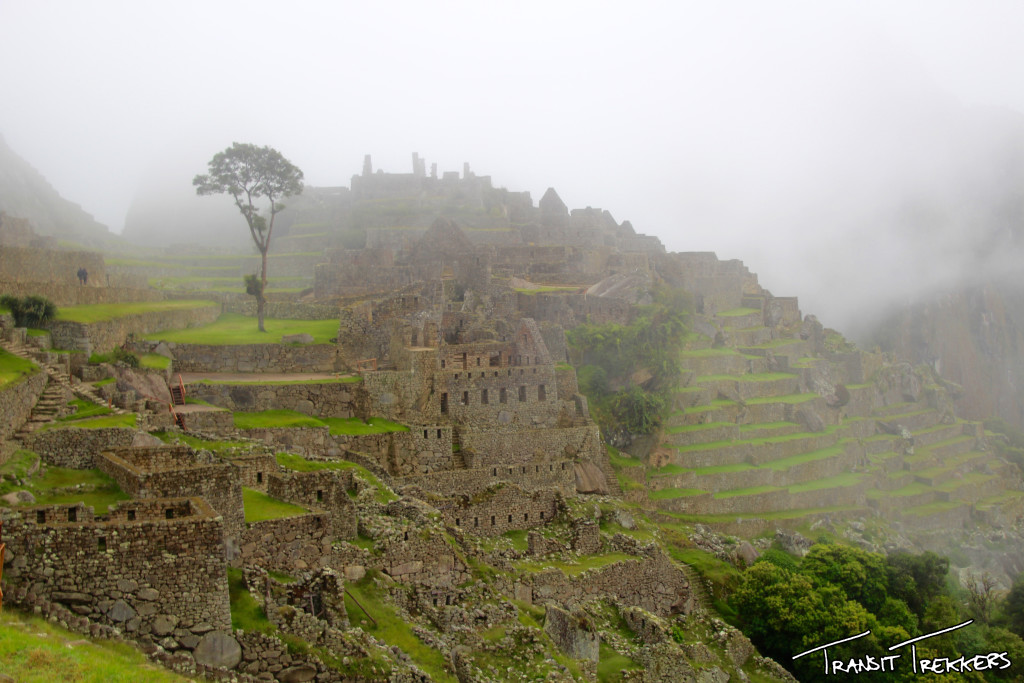
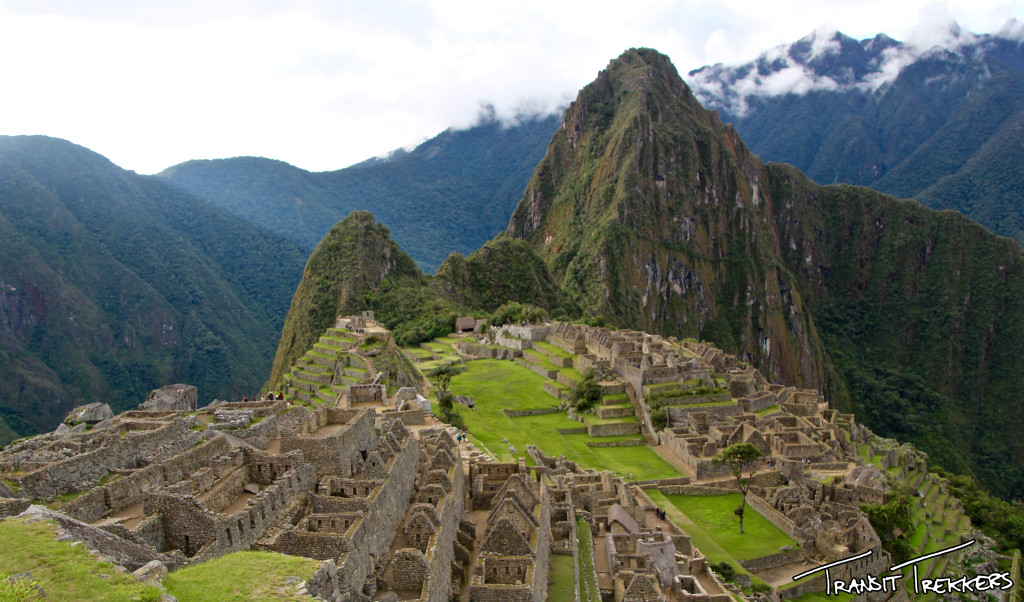
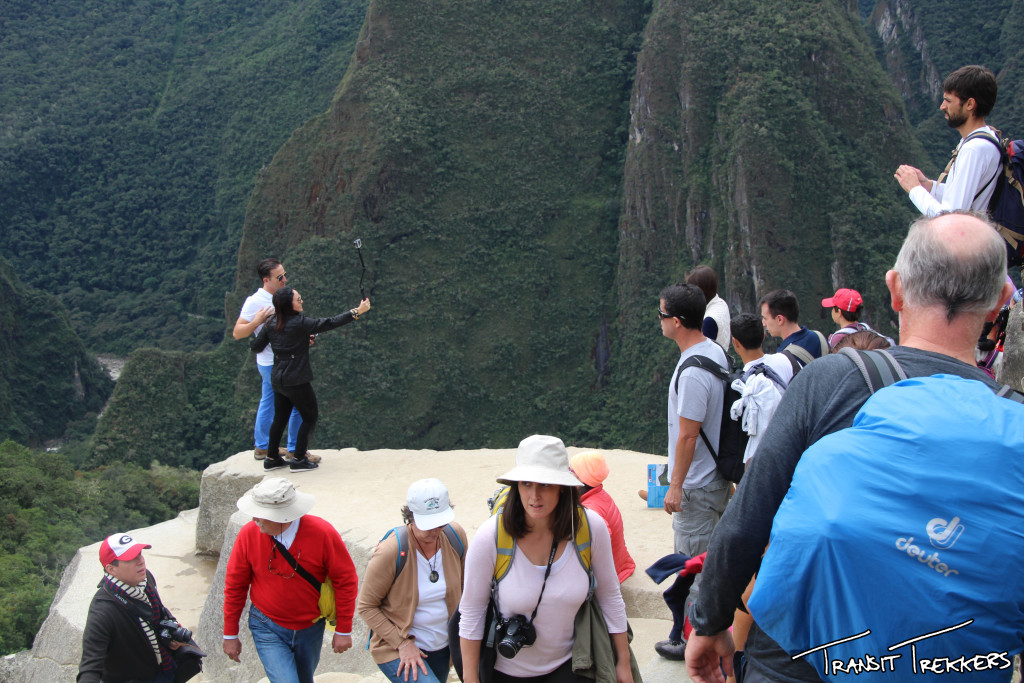
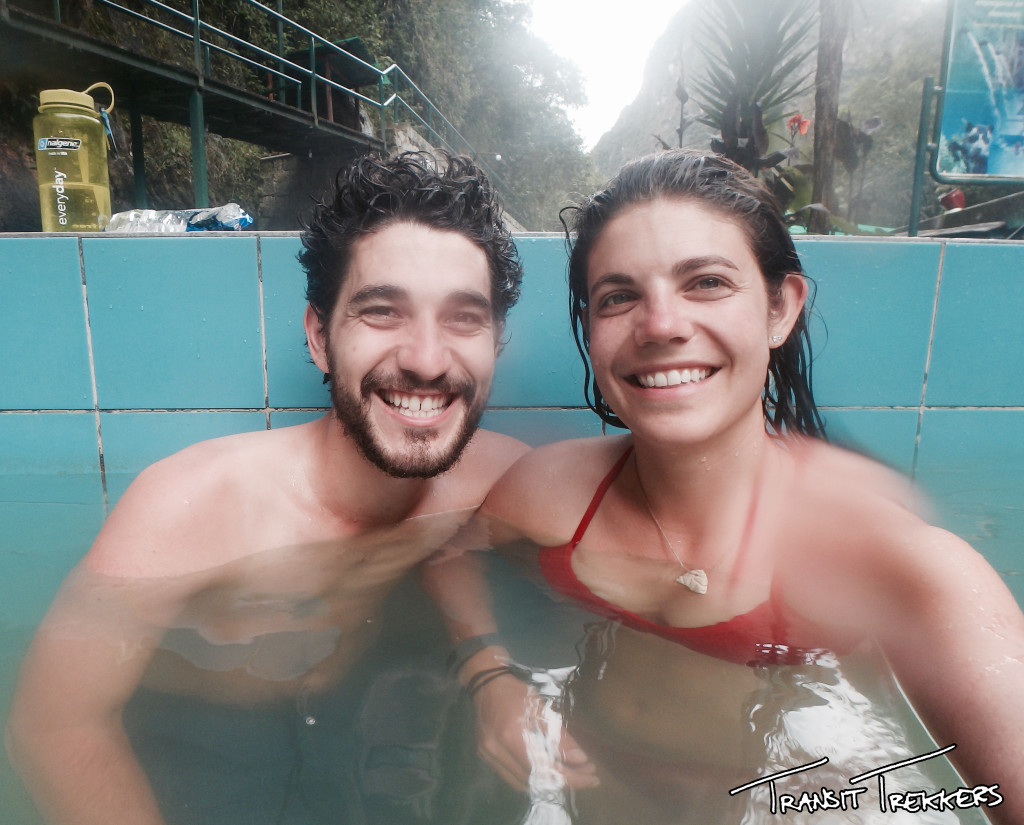
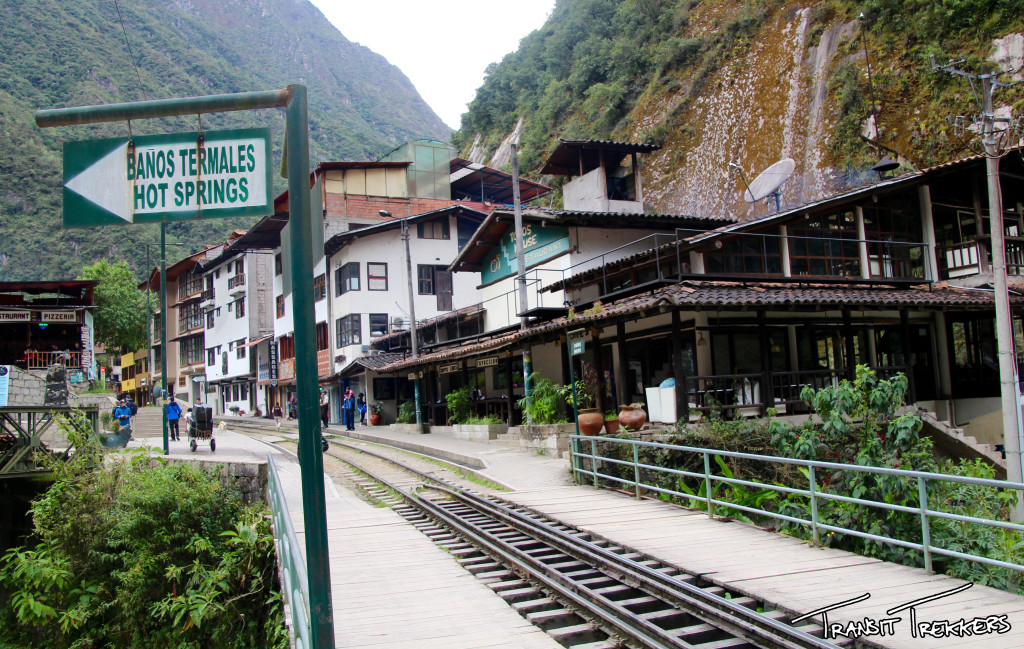
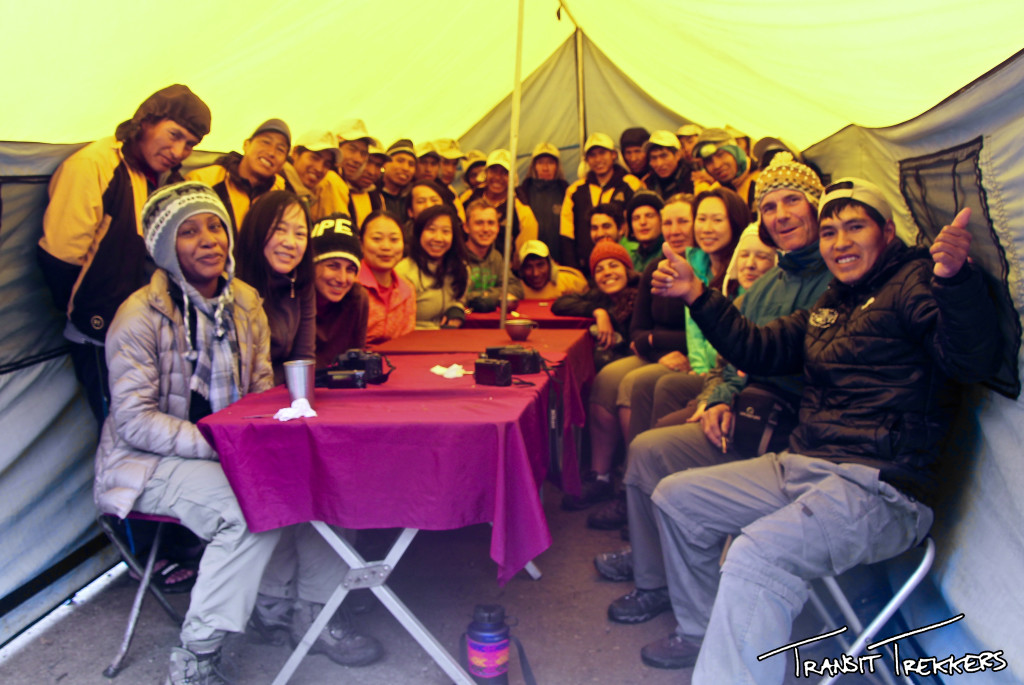
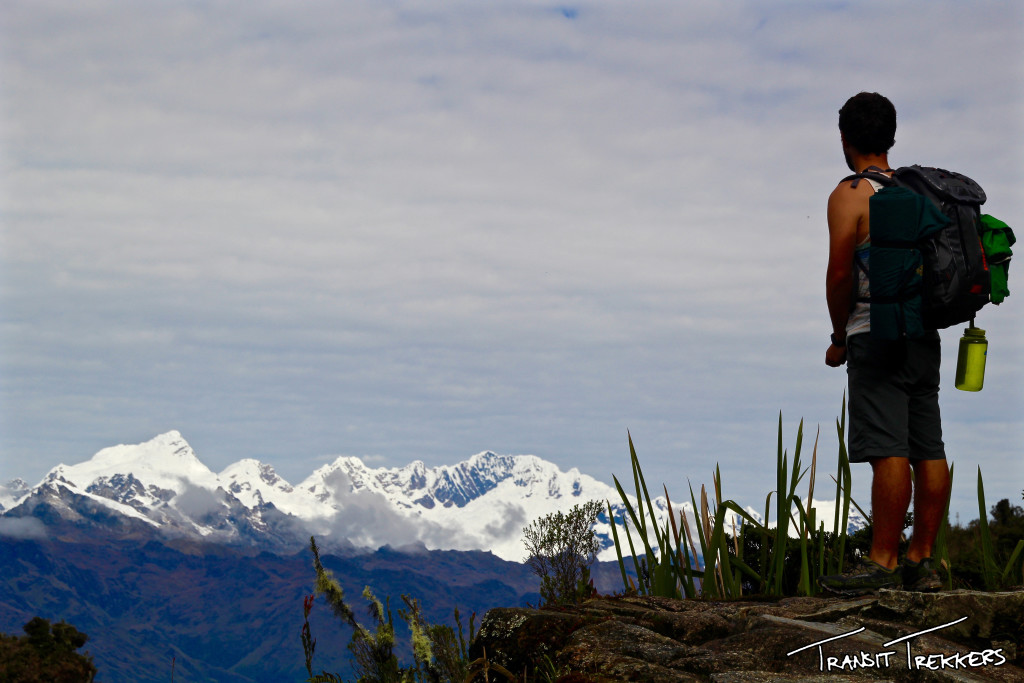
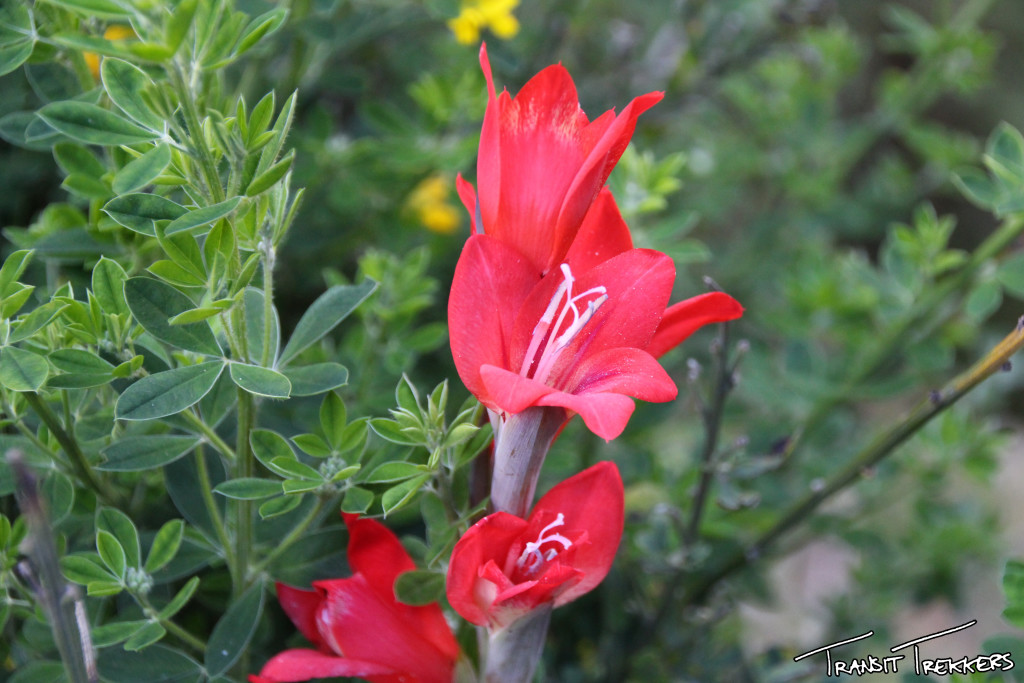
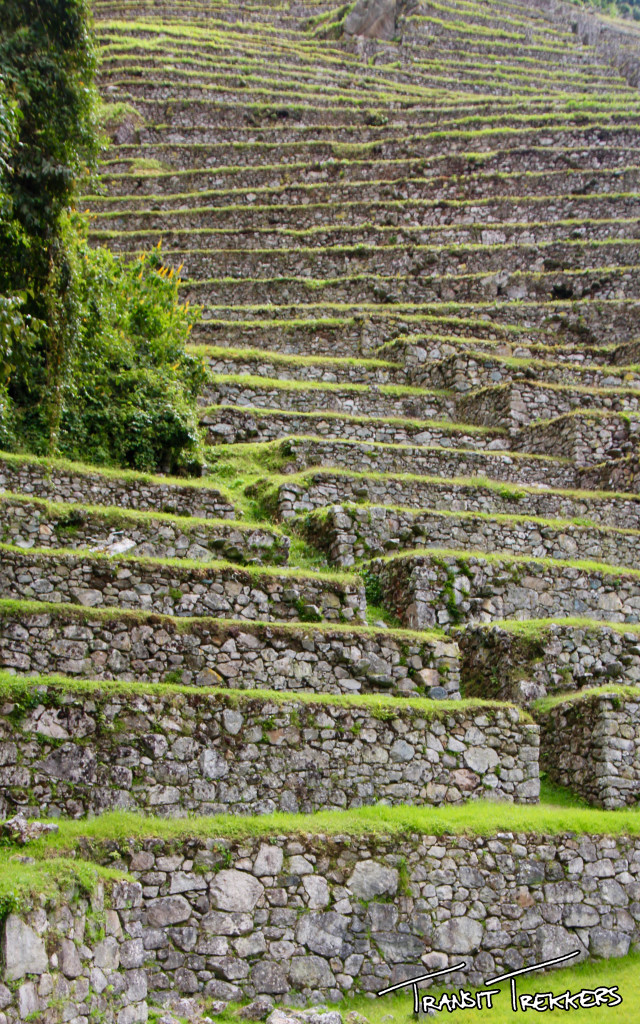
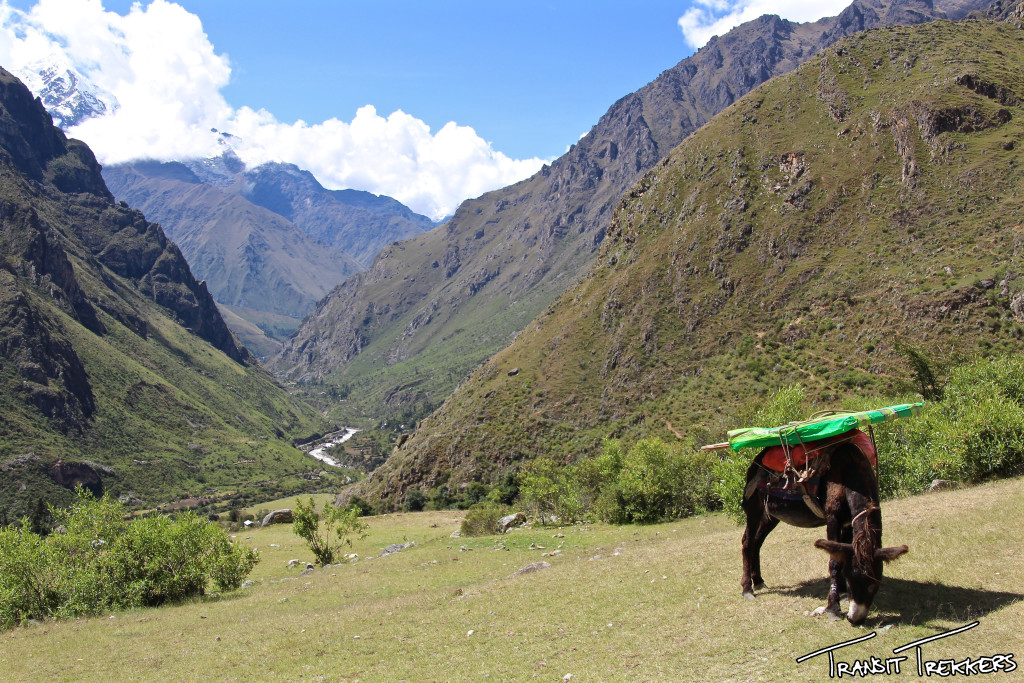
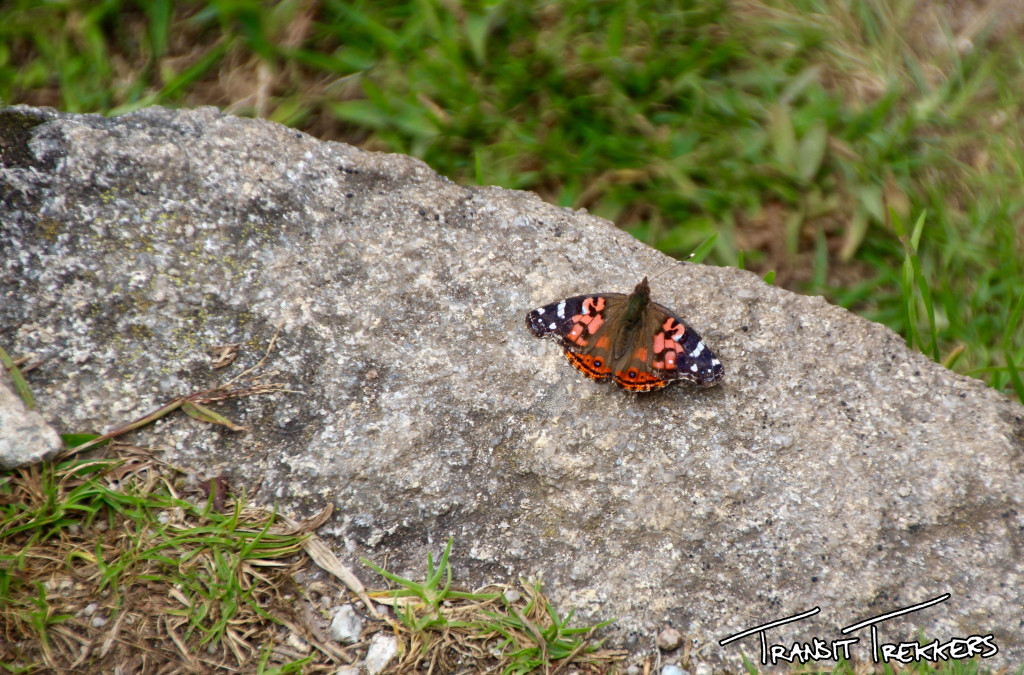
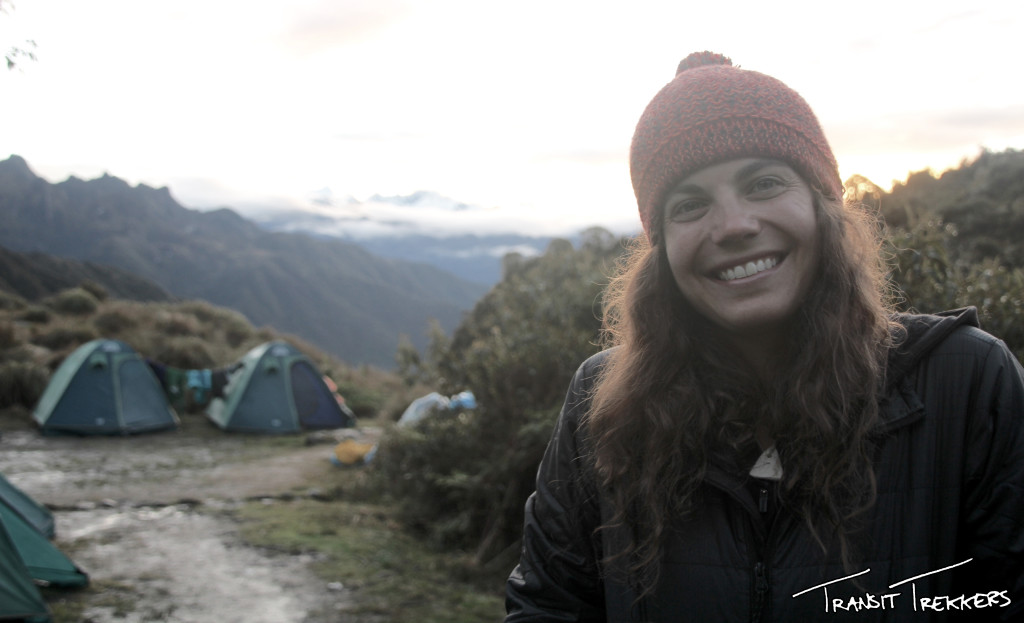
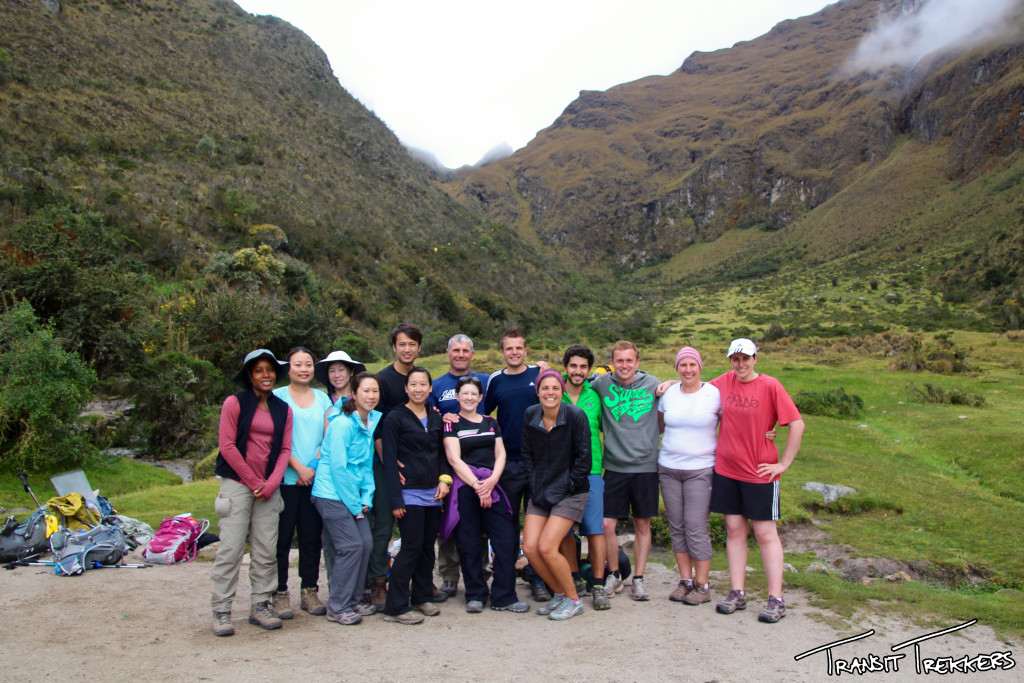
June 8, 2018 at 3:24 PM
Great blog. You described the trail very well. Just got back from doing the 4 day Inca trail to Machu Picchu. Nothing was easy on this trail but all worth it! Thanks for sharing your trek! Great pics.
September 1, 2015 at 11:41 PM
Awesome photos you two! I could go for some coca tea right about now…
September 16, 2015 at 3:56 PM
It tastes so much better when it’s delivered to your tent!
September 1, 2015 at 12:30 PM
Great trip. Do you think that they want to replace the 75 year-old guide with a 70 year-old?
September 16, 2015 at 3:59 PM
Maybe if you can run up the mountain a little faster… But I wouldn’t come out of retirement too soon.
August 31, 2015 at 7:04 PM
Great write-up…terrific photos!
September 16, 2015 at 4:00 PM
Thanks, we had a lot of fun on this trek. Hard work, but so worth it!